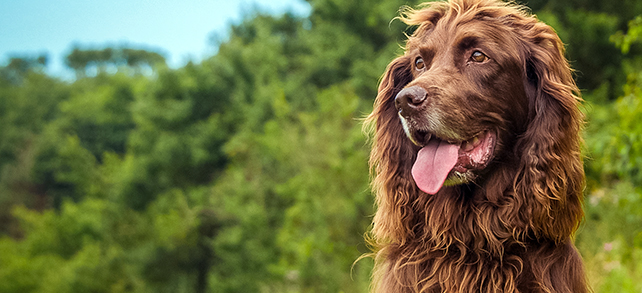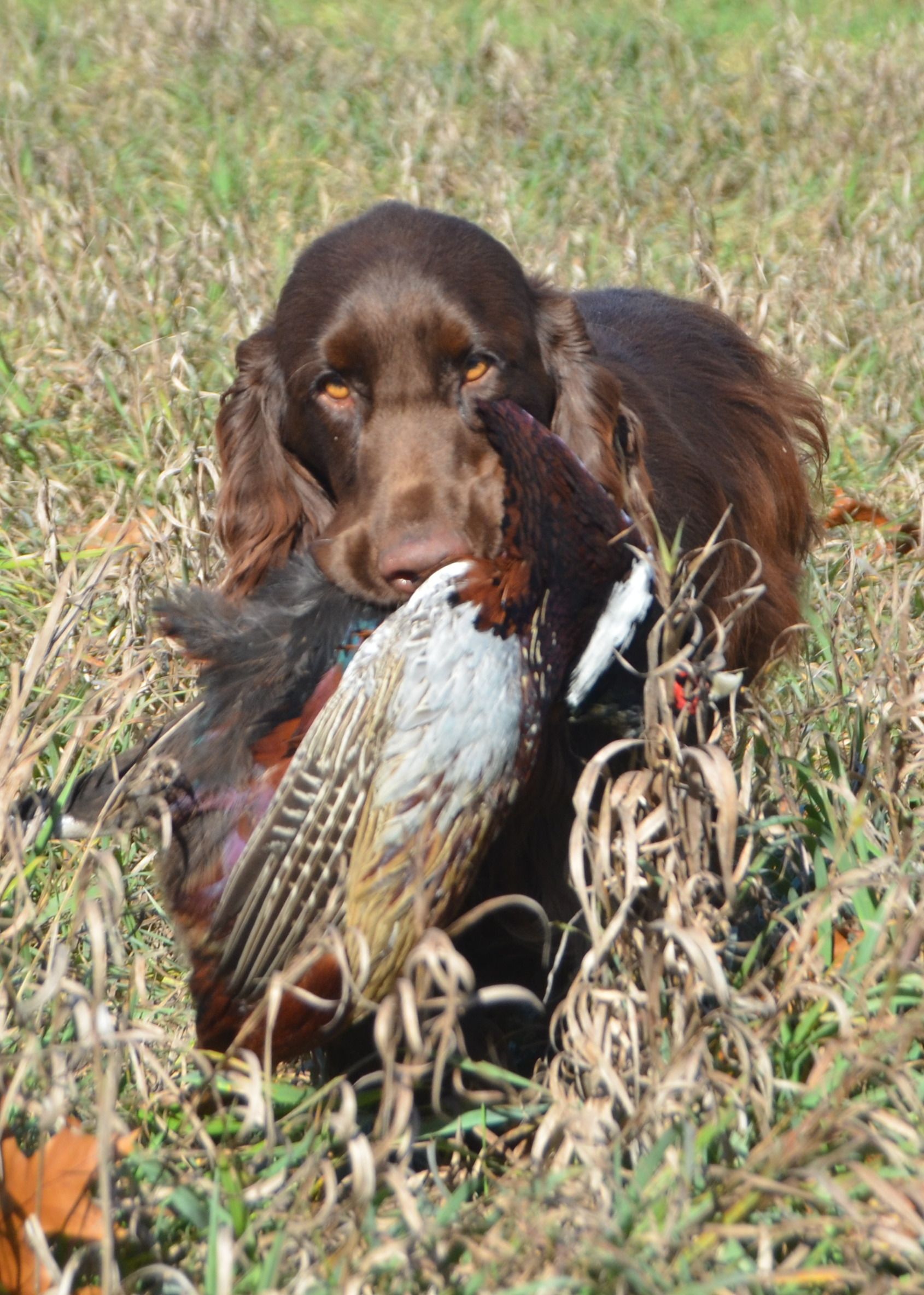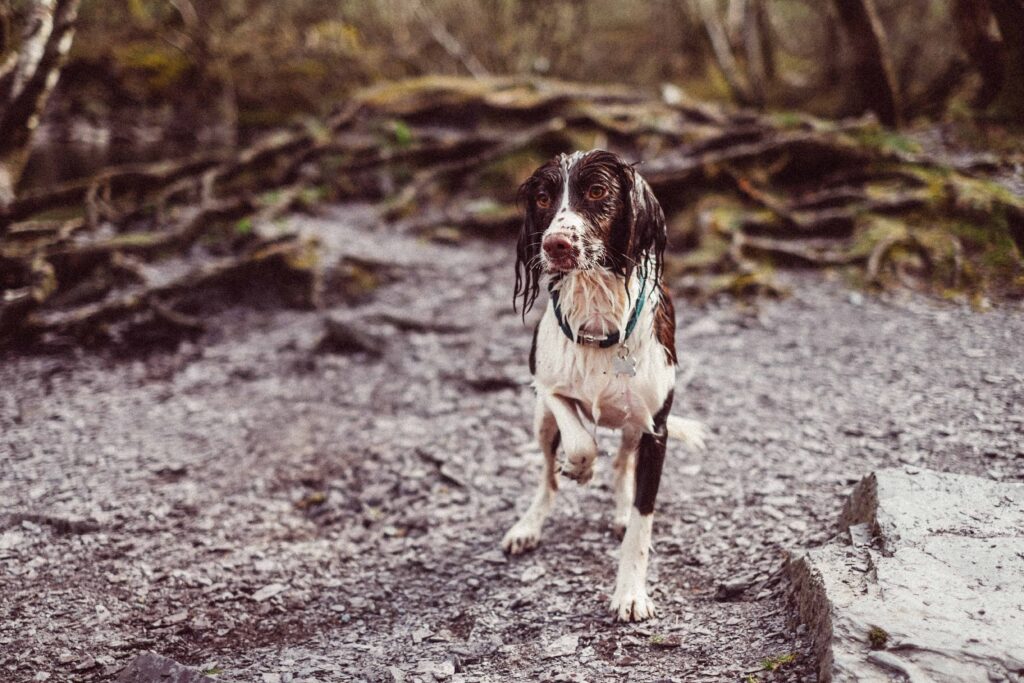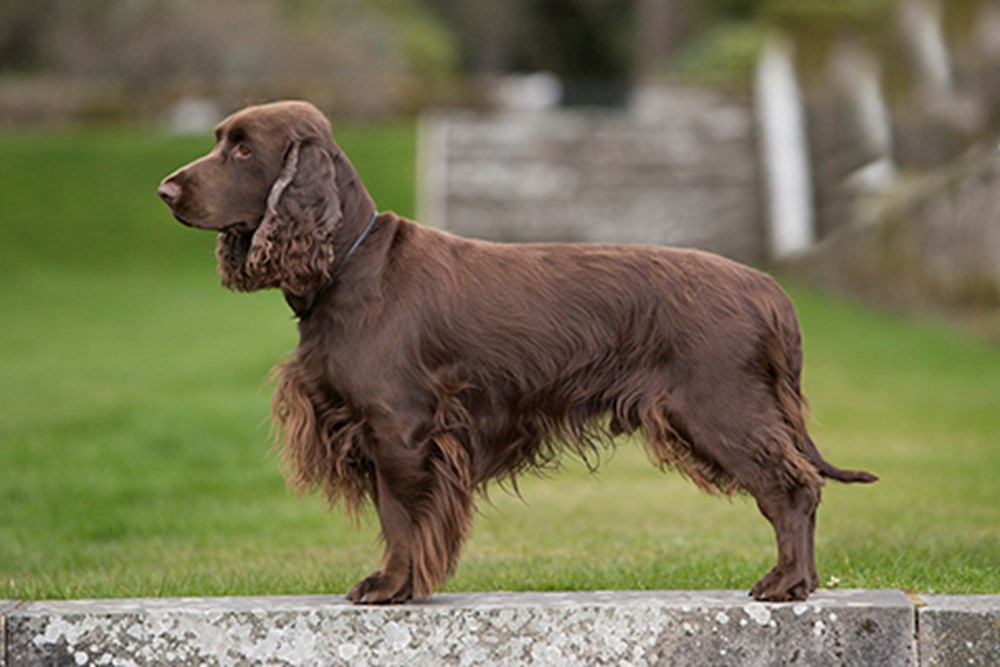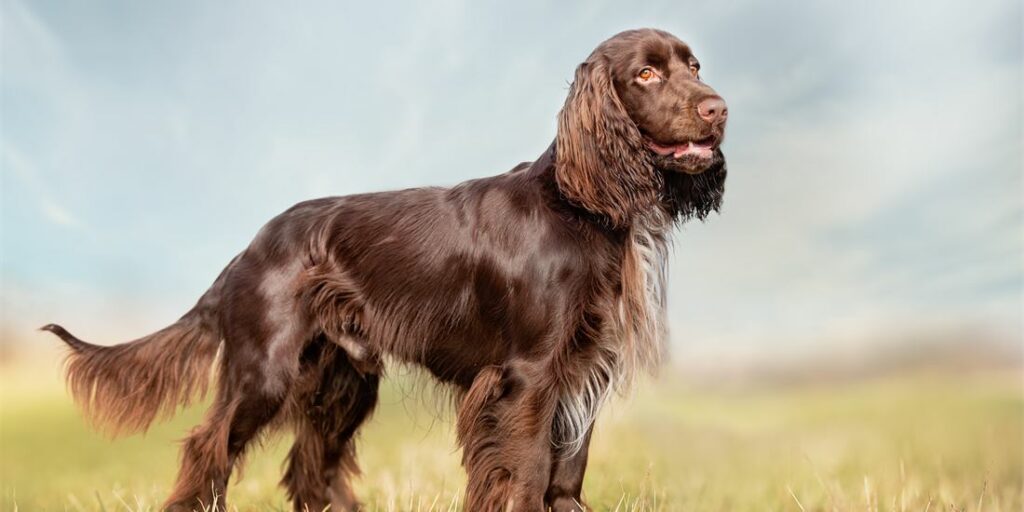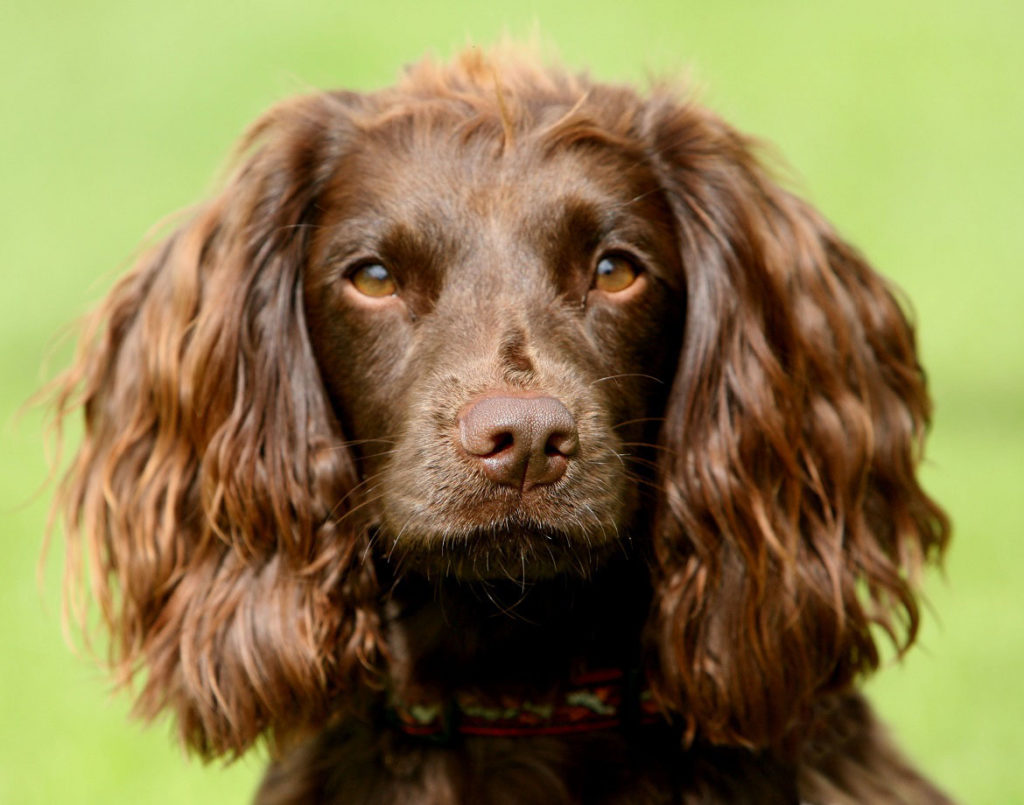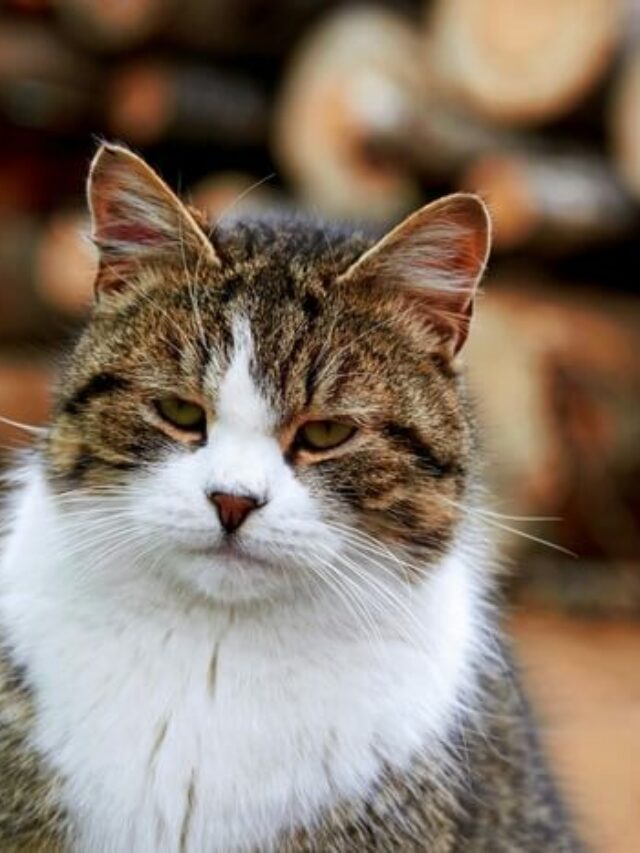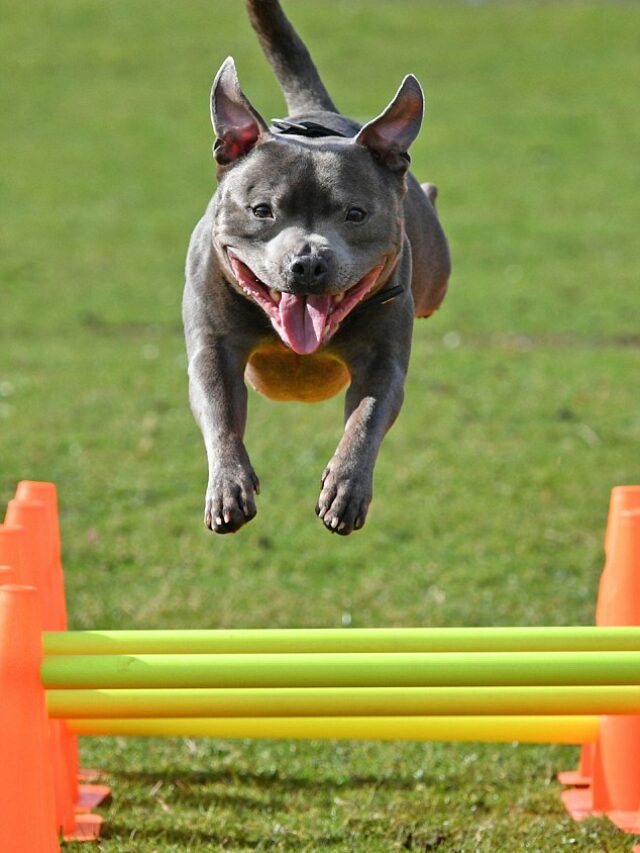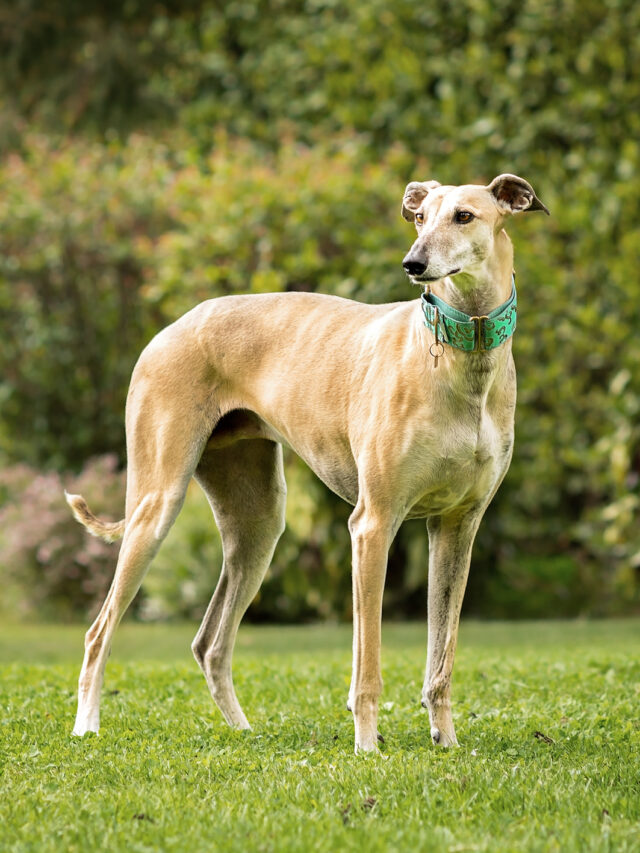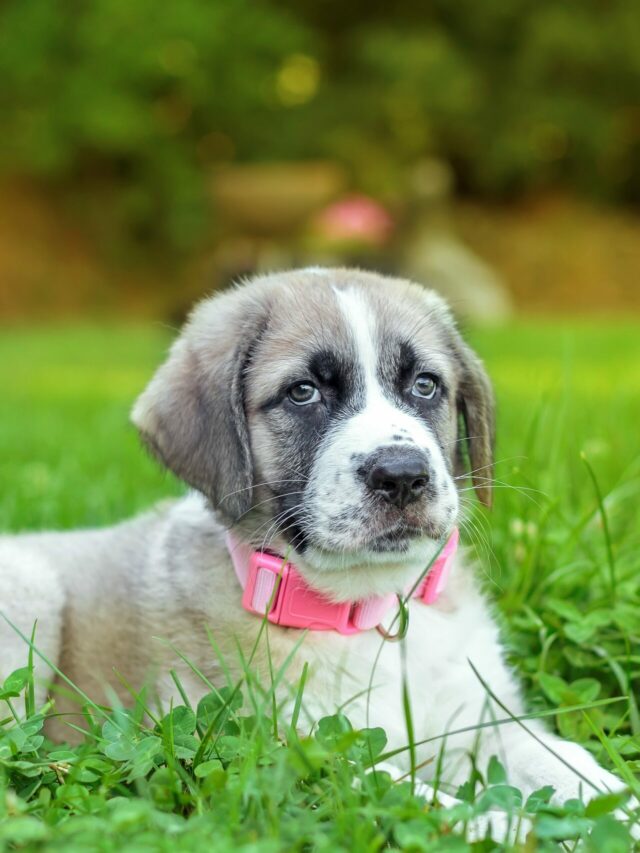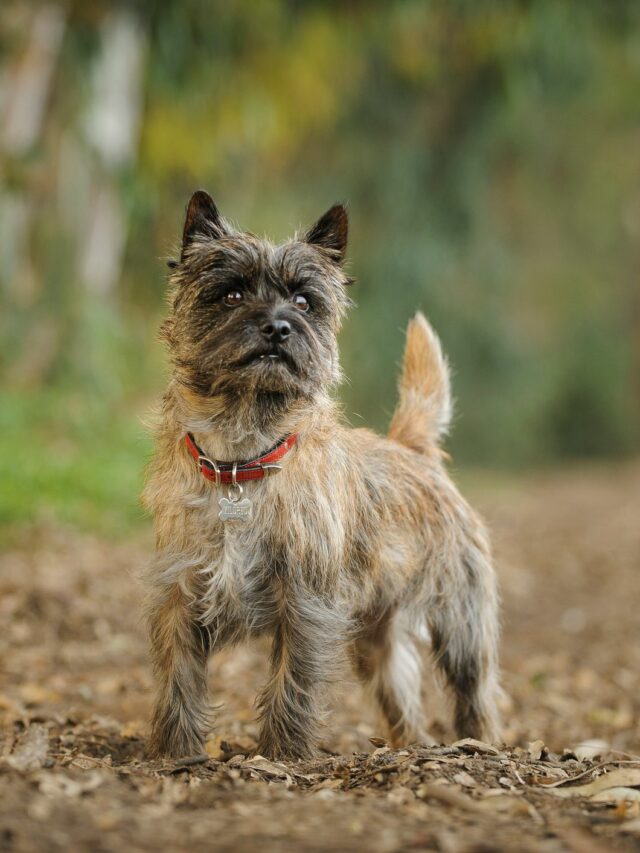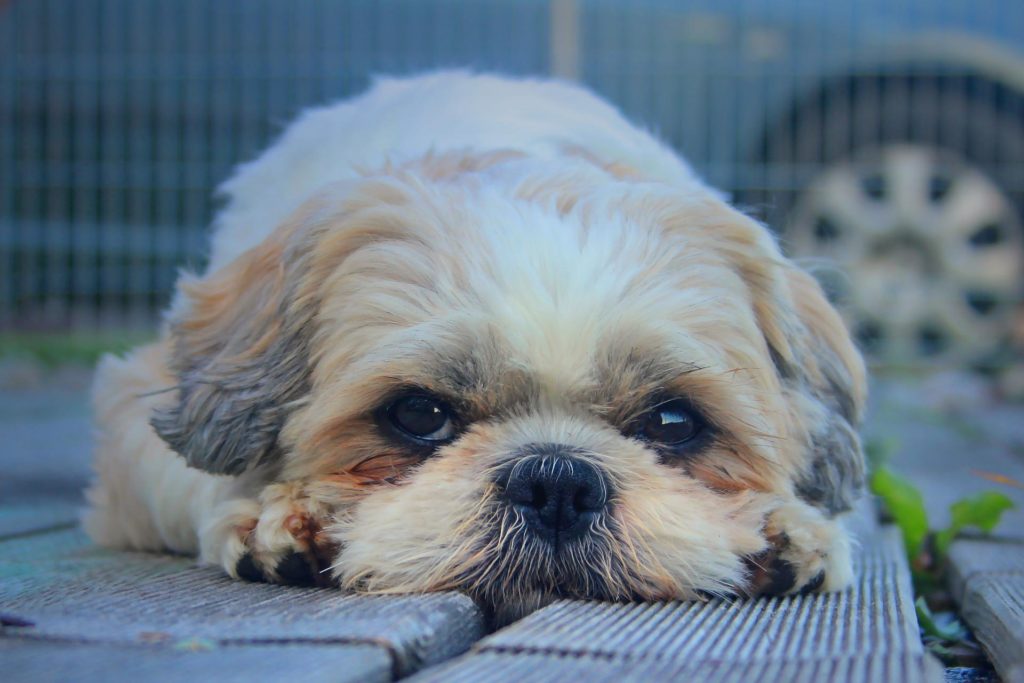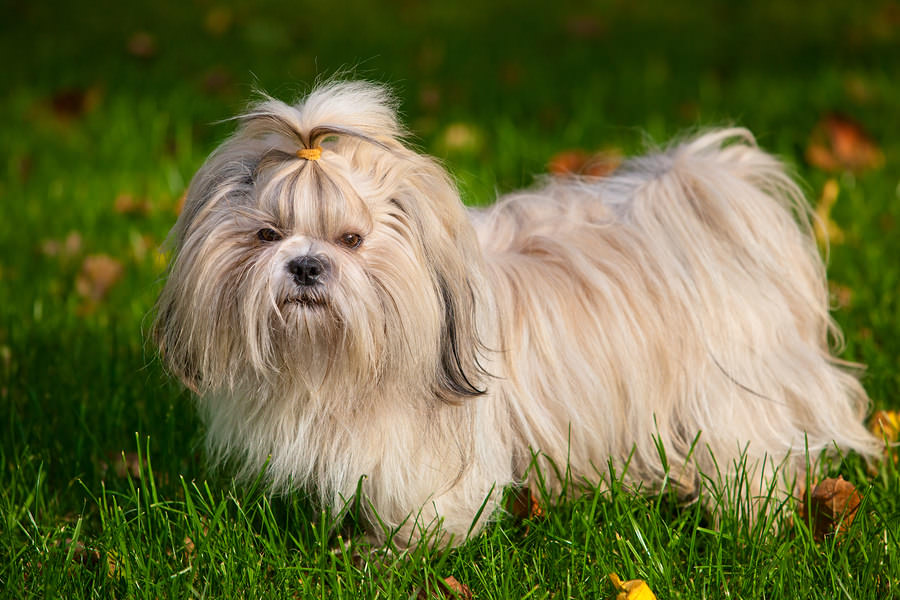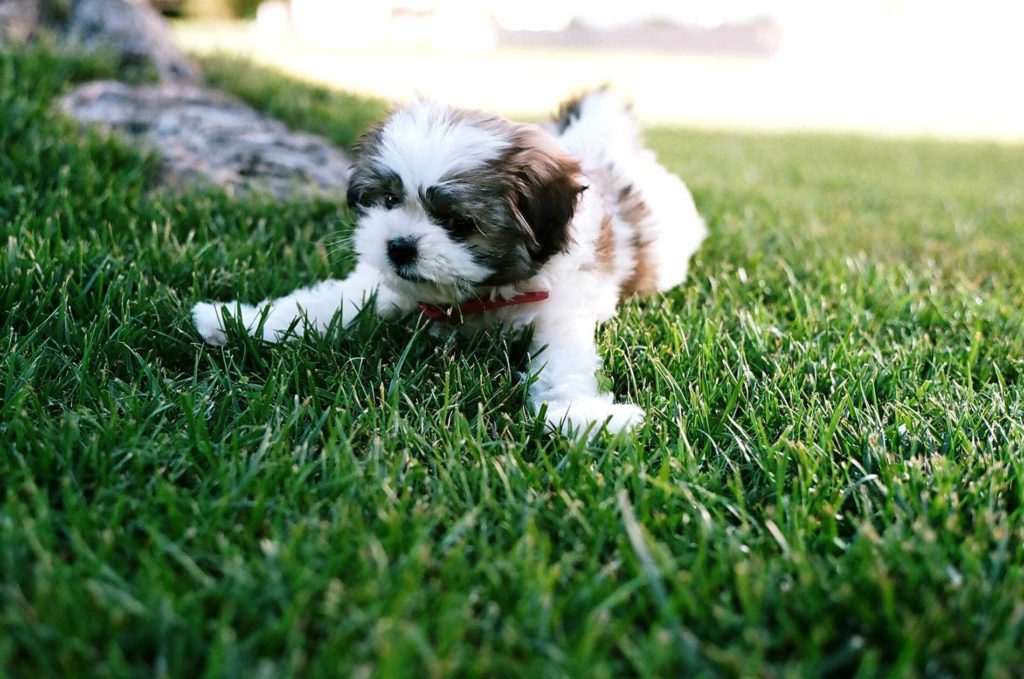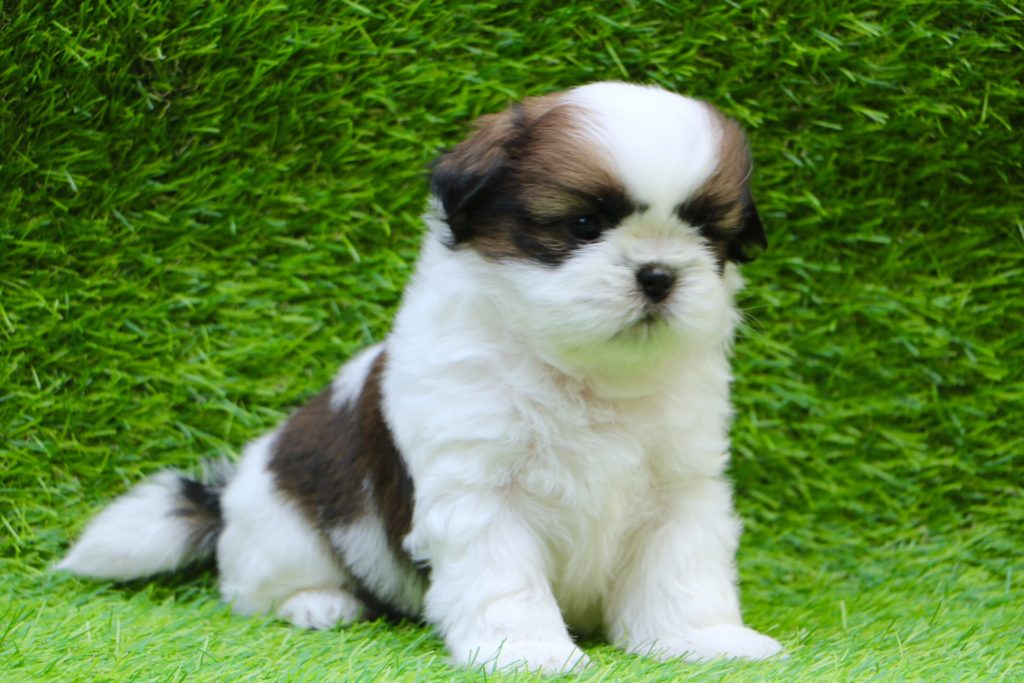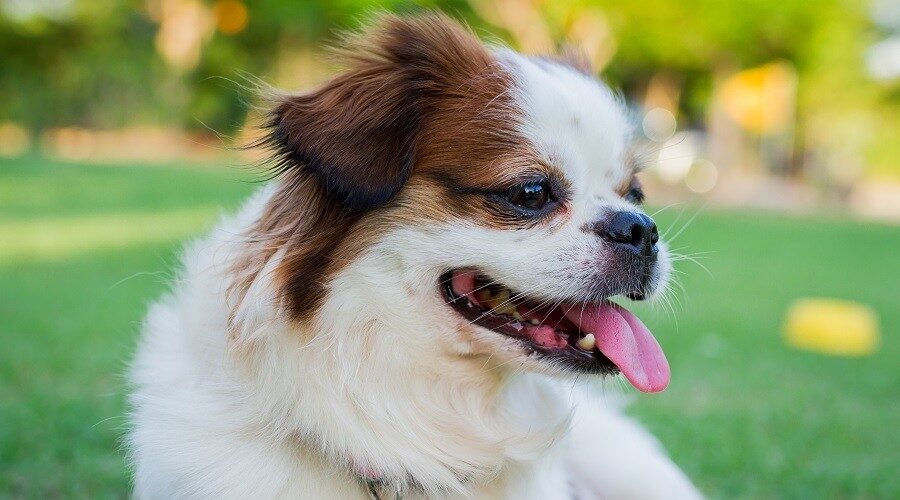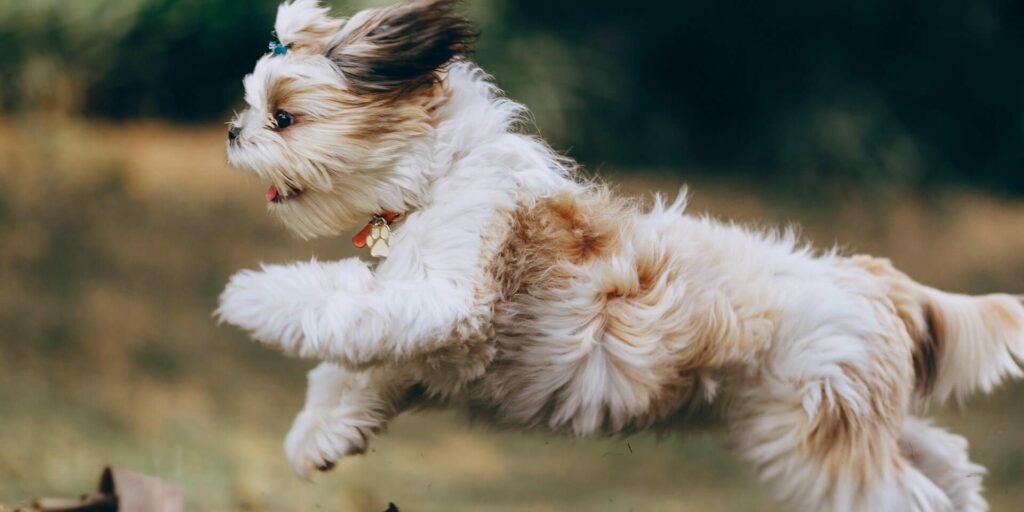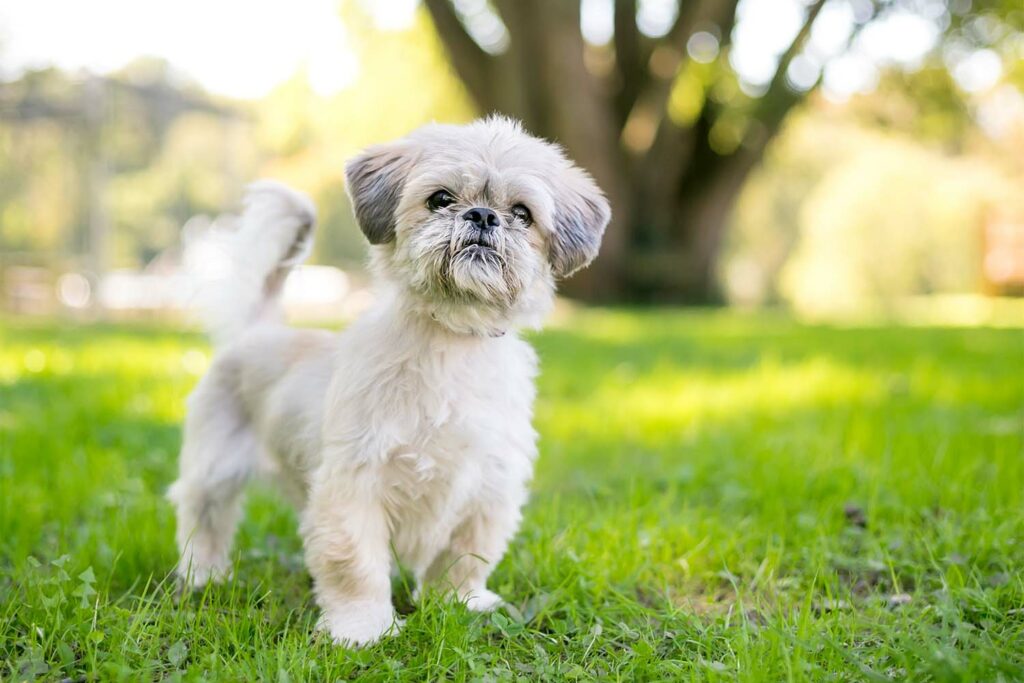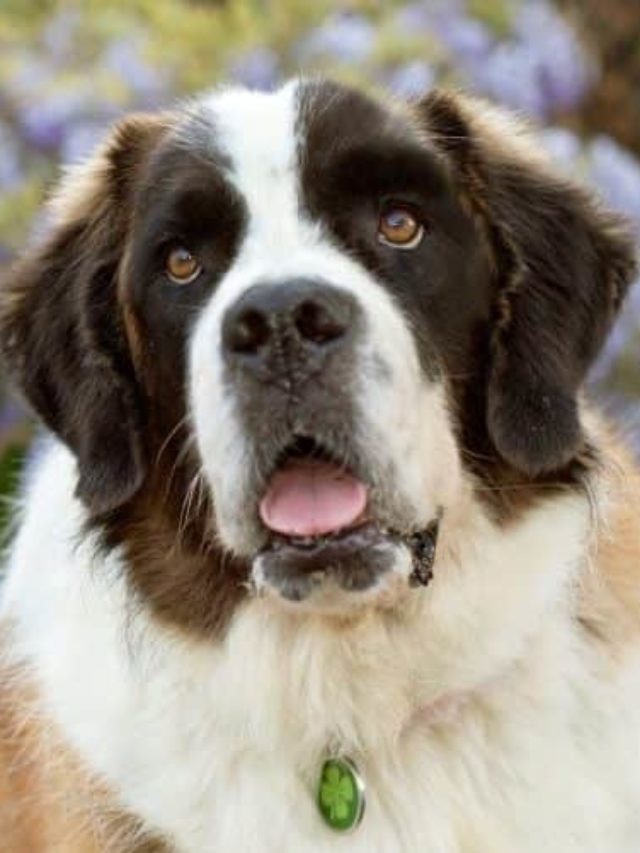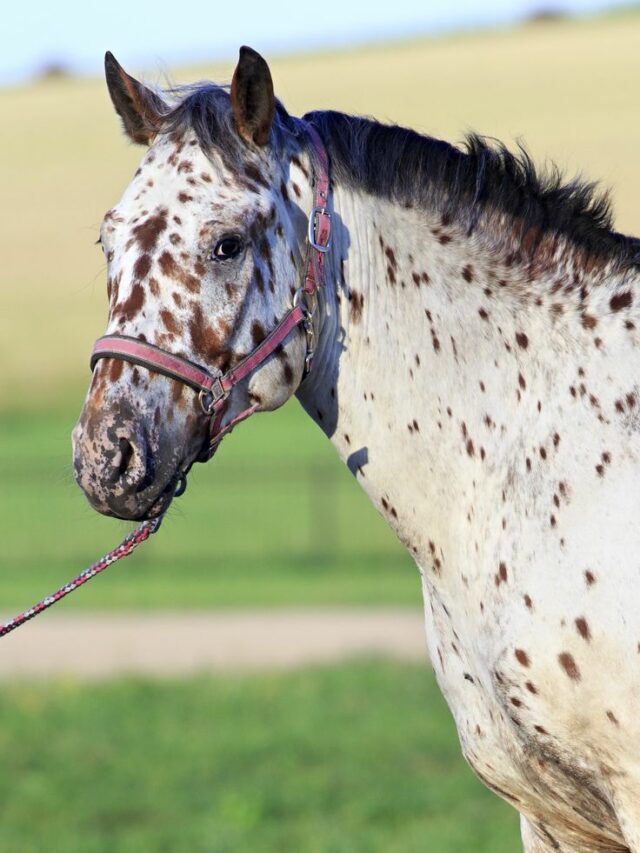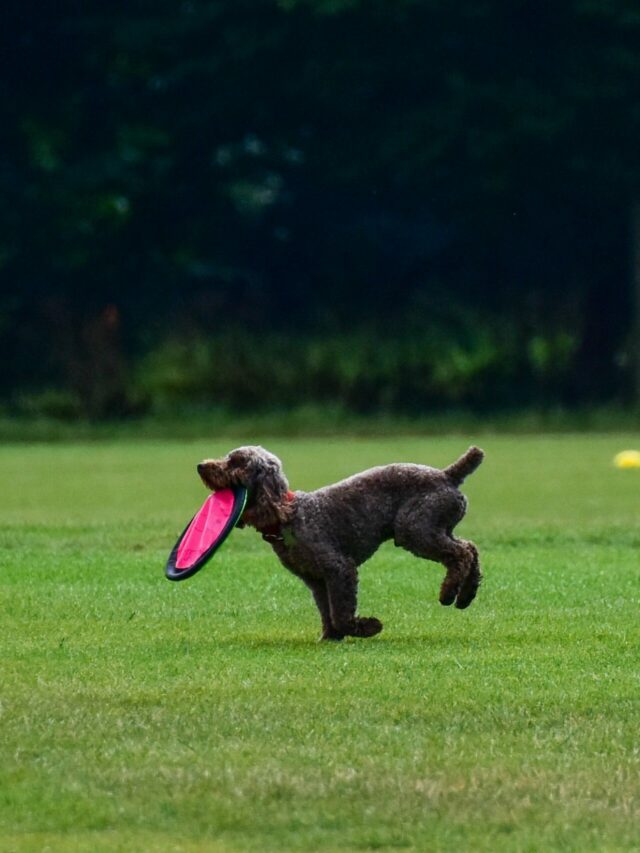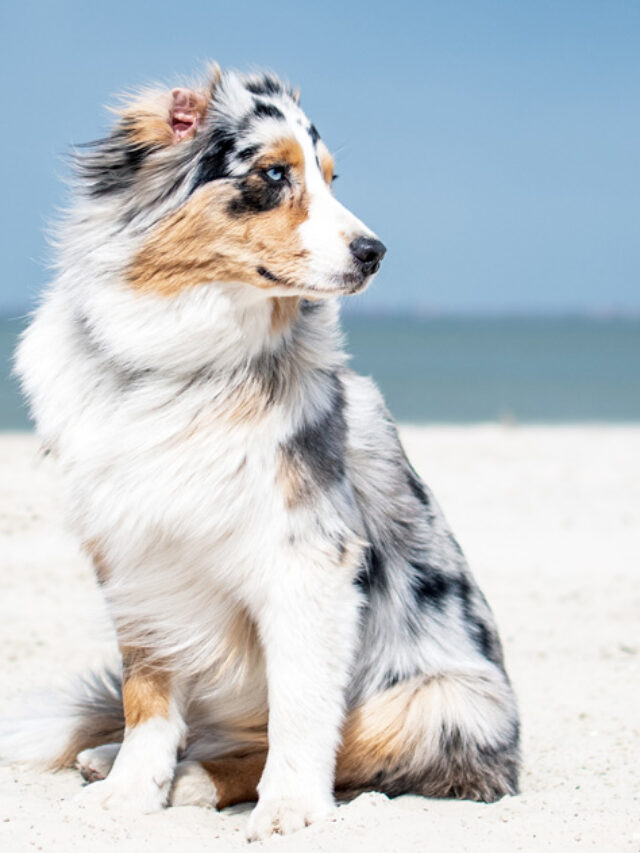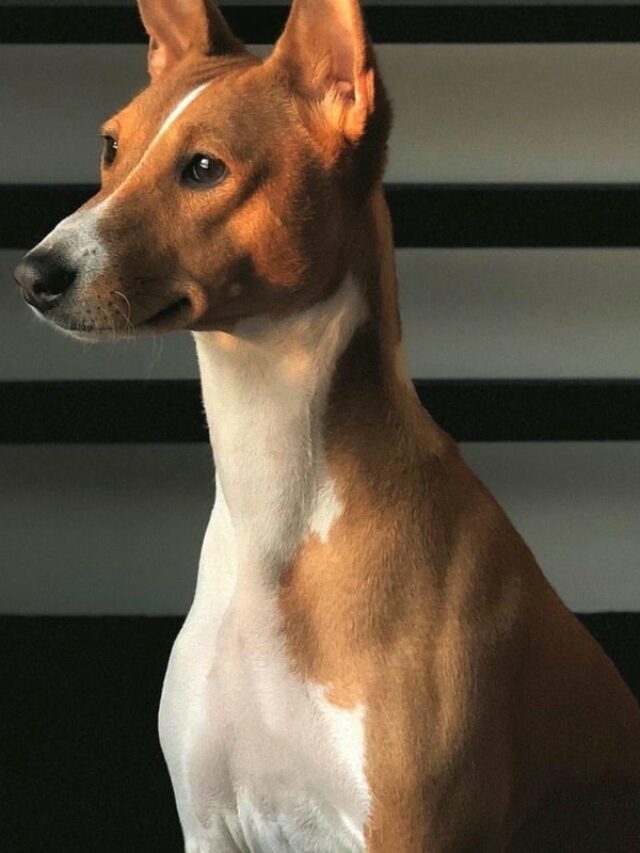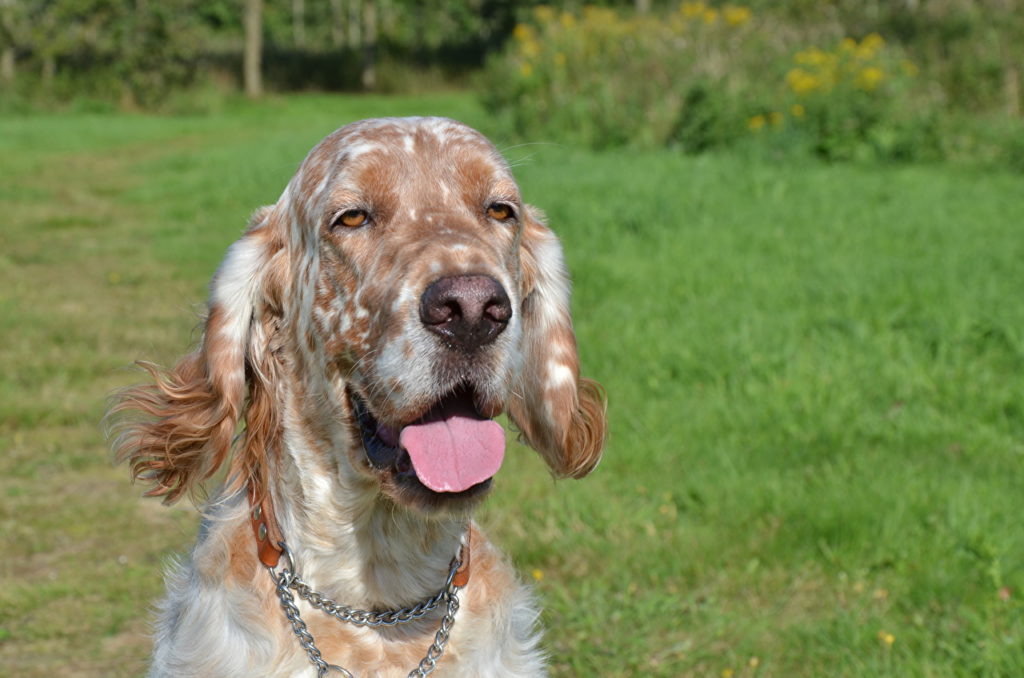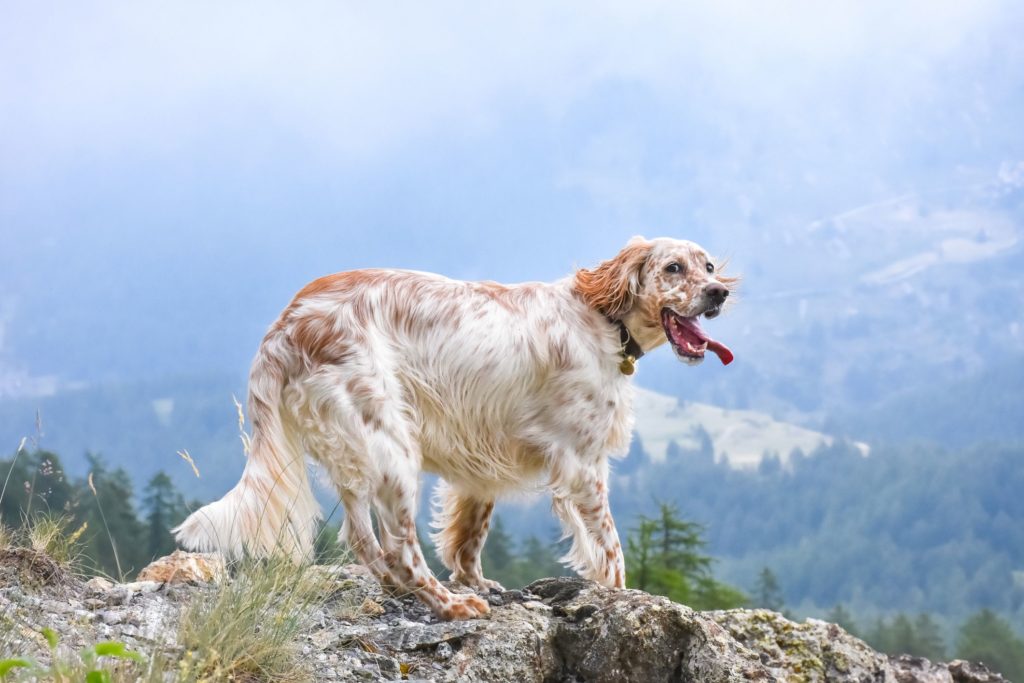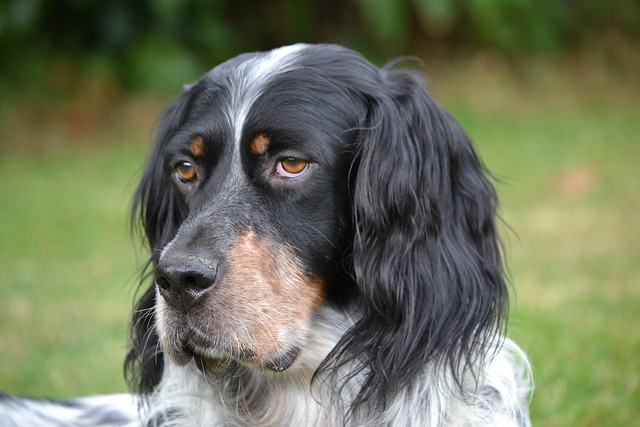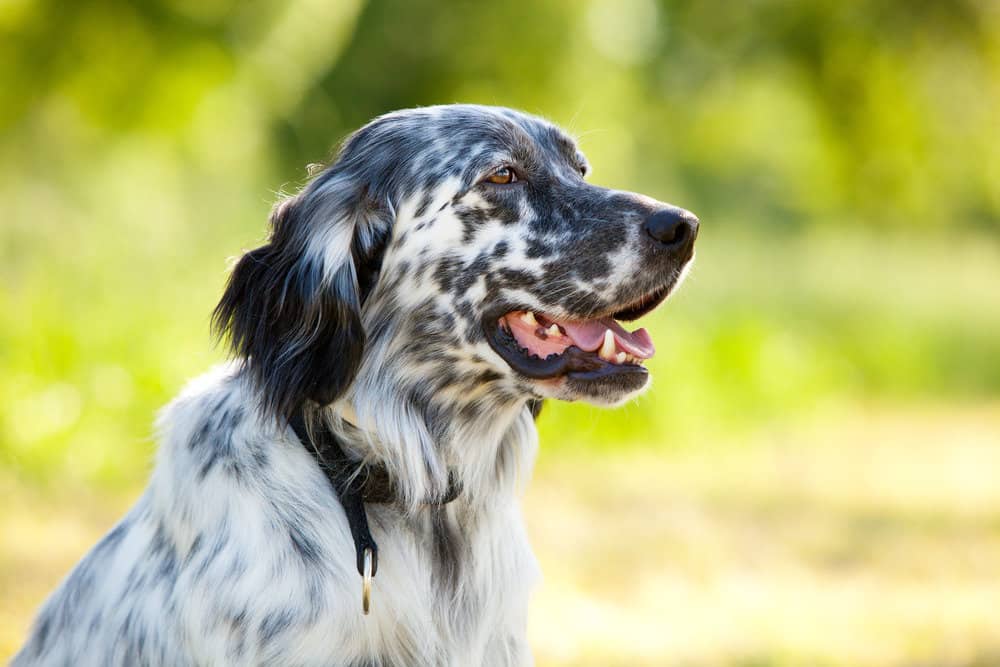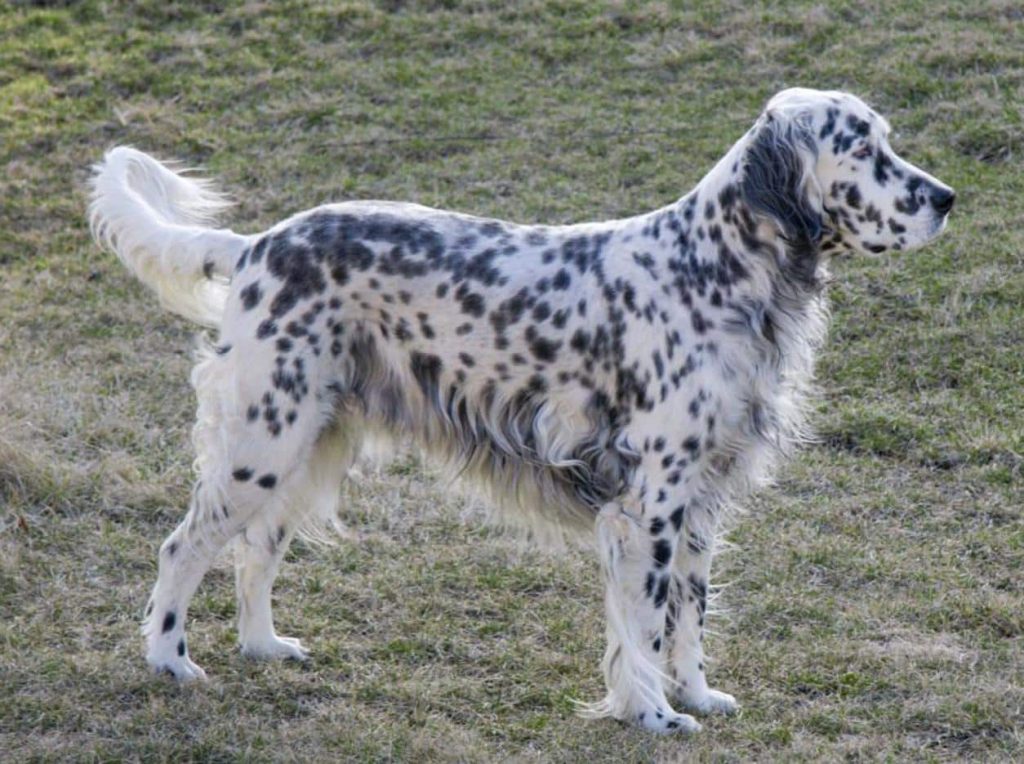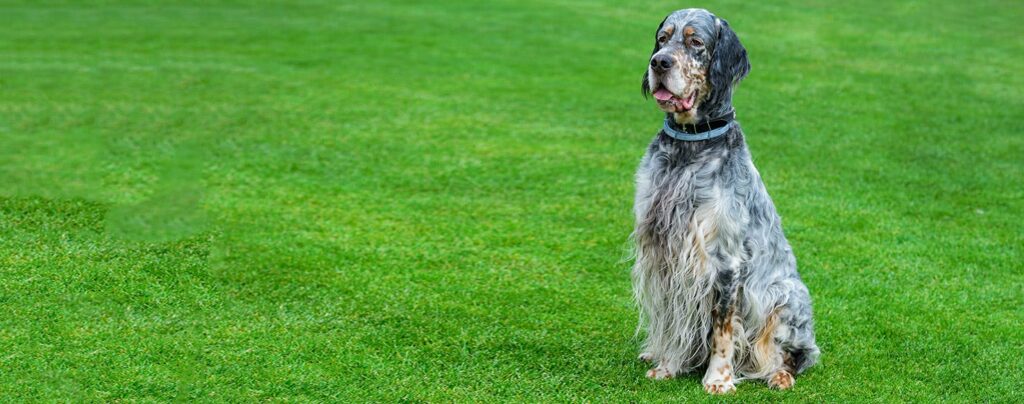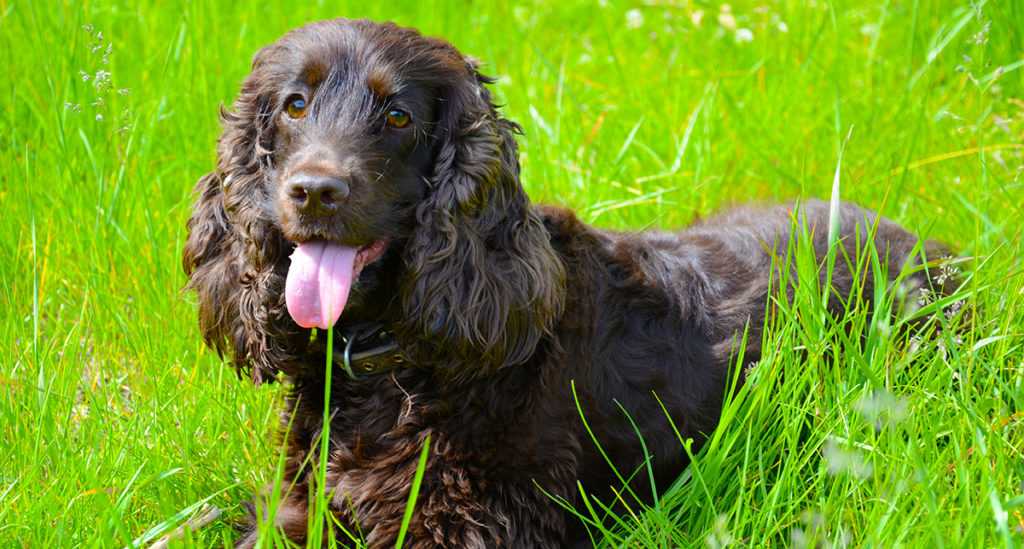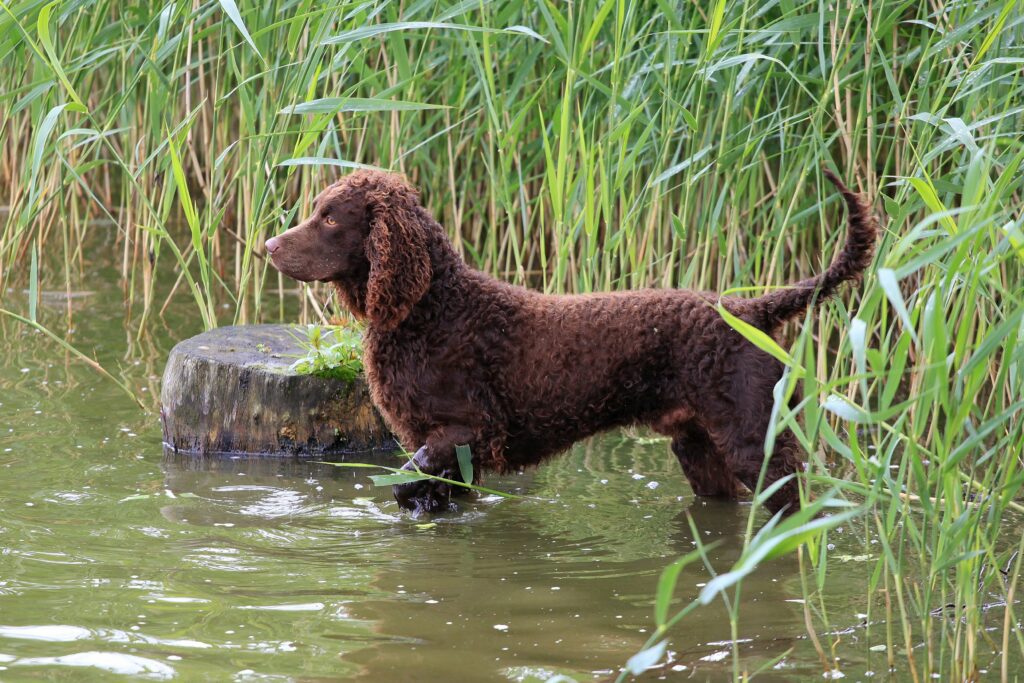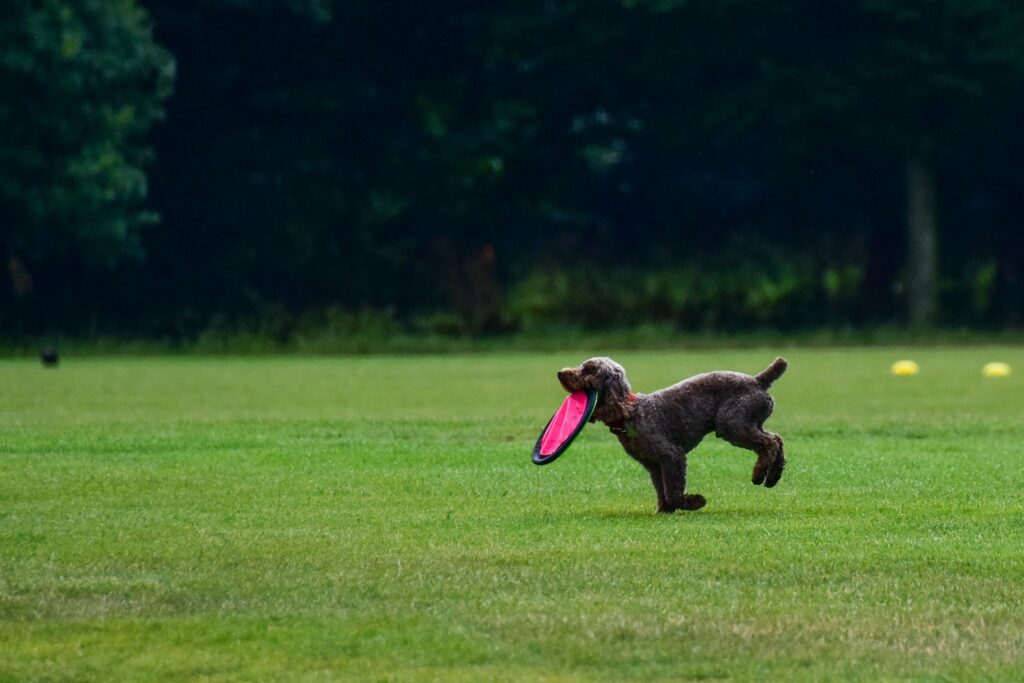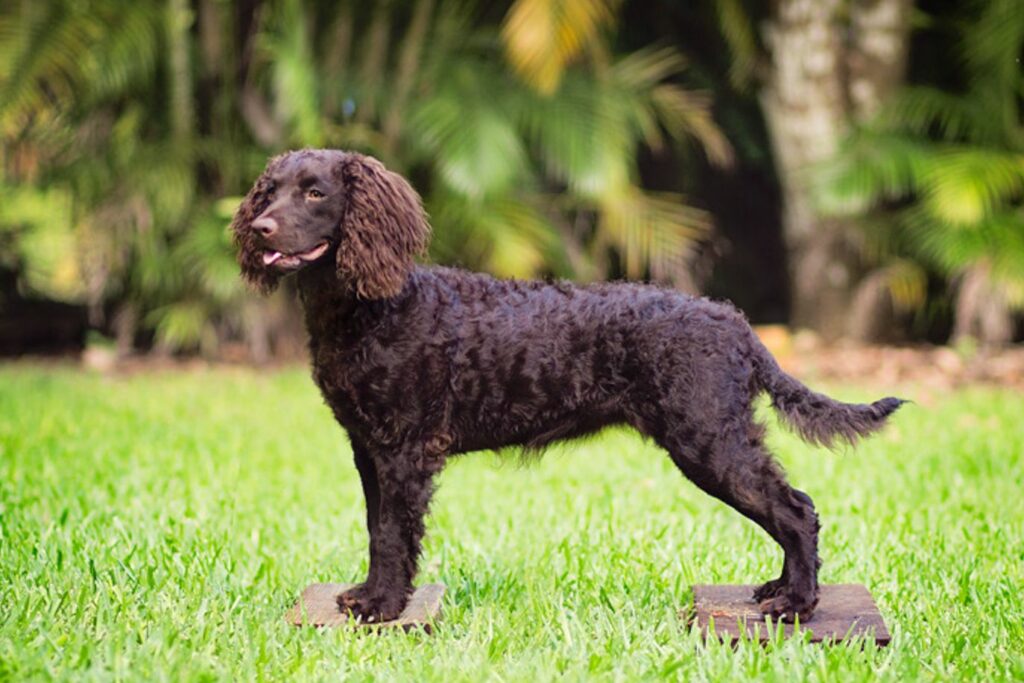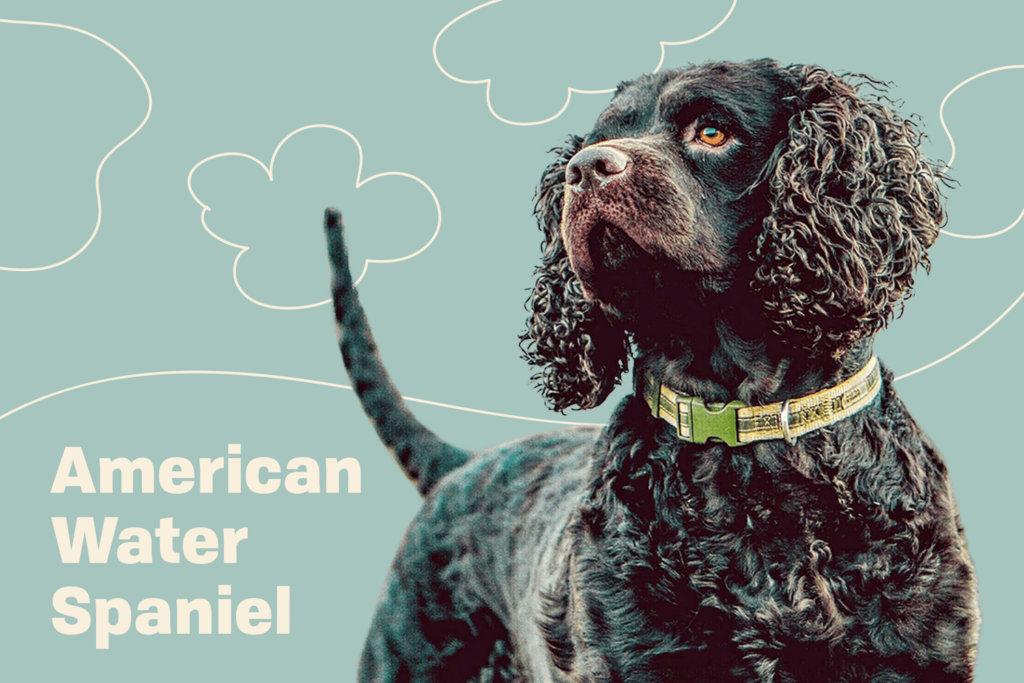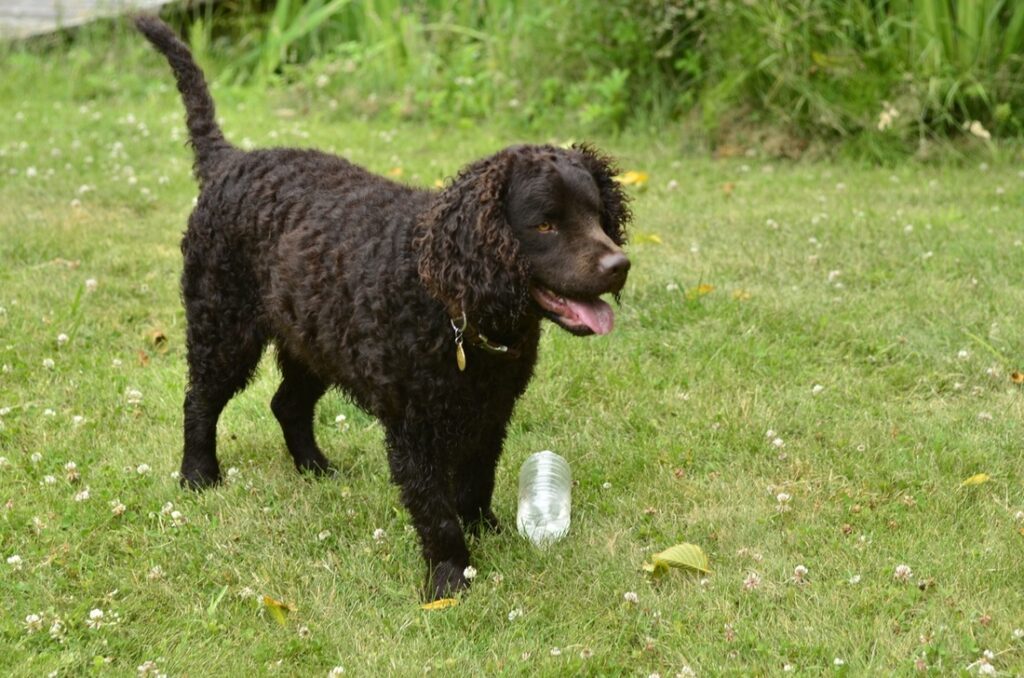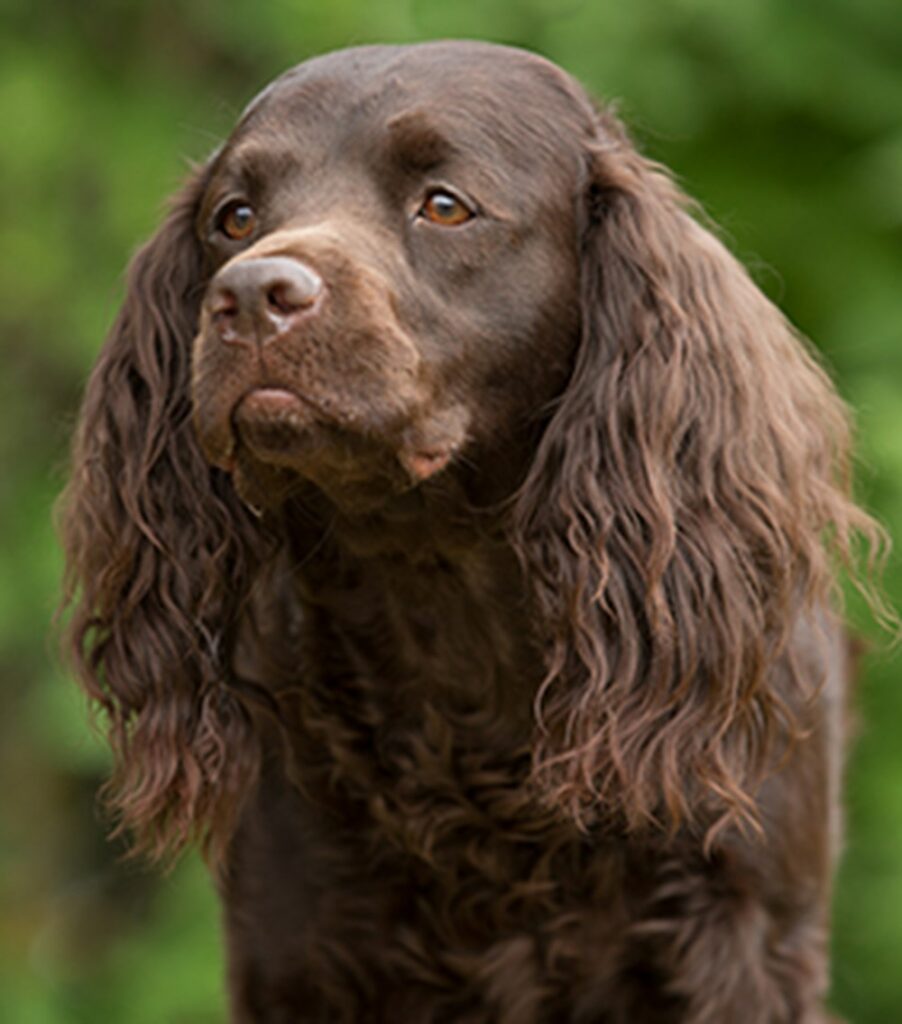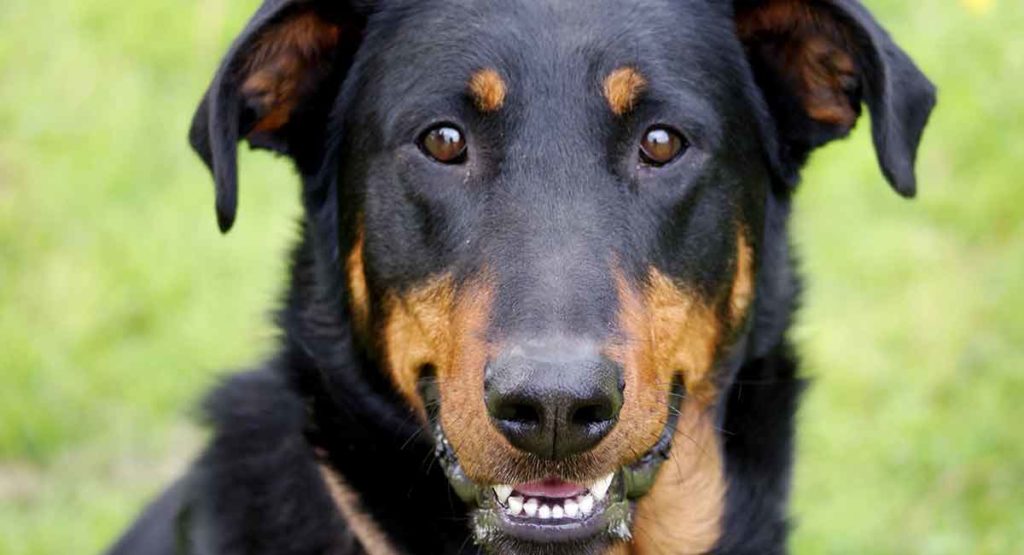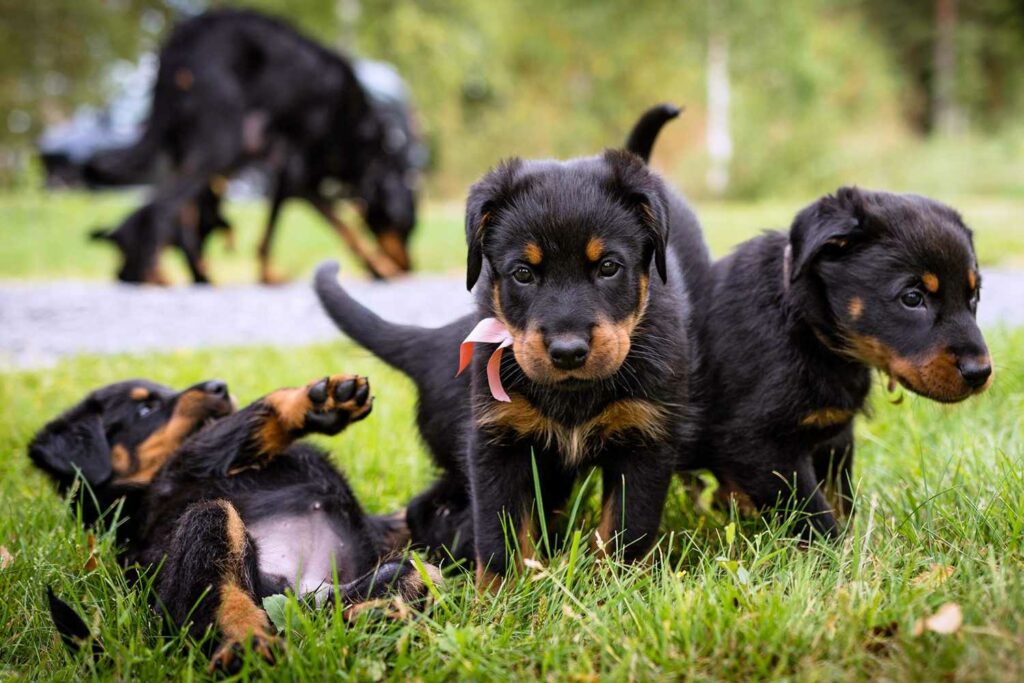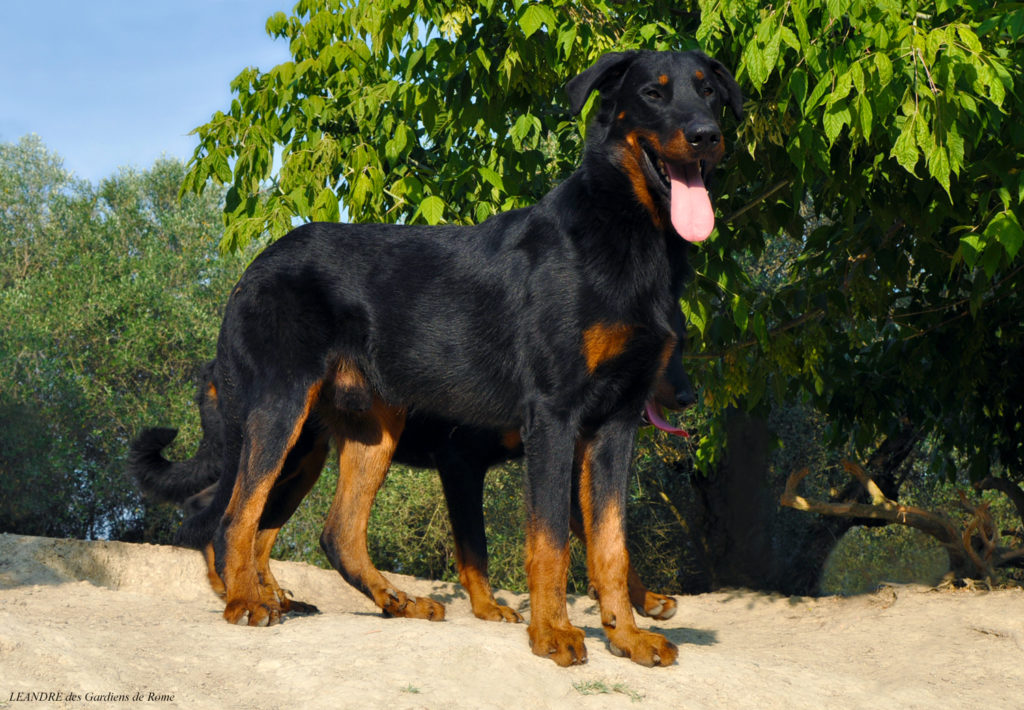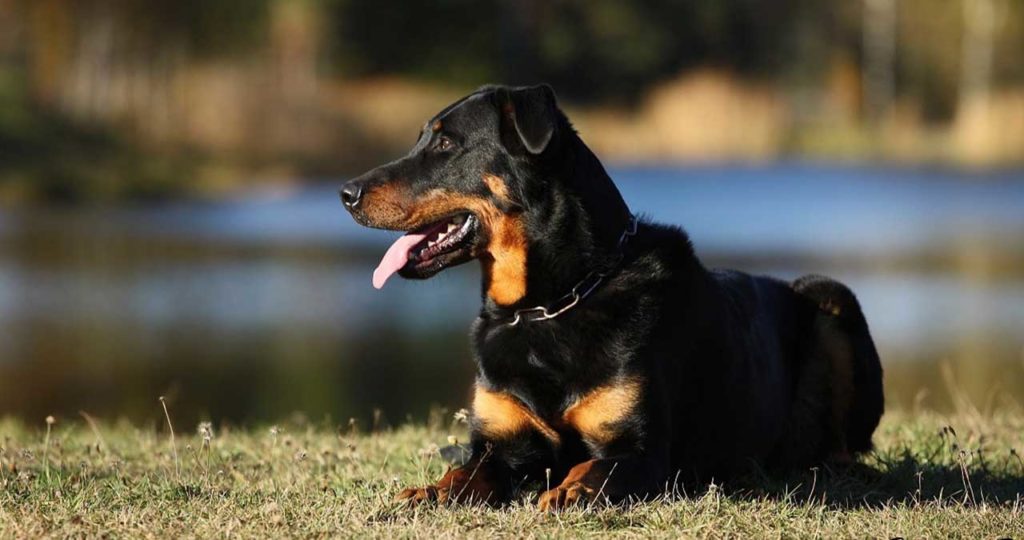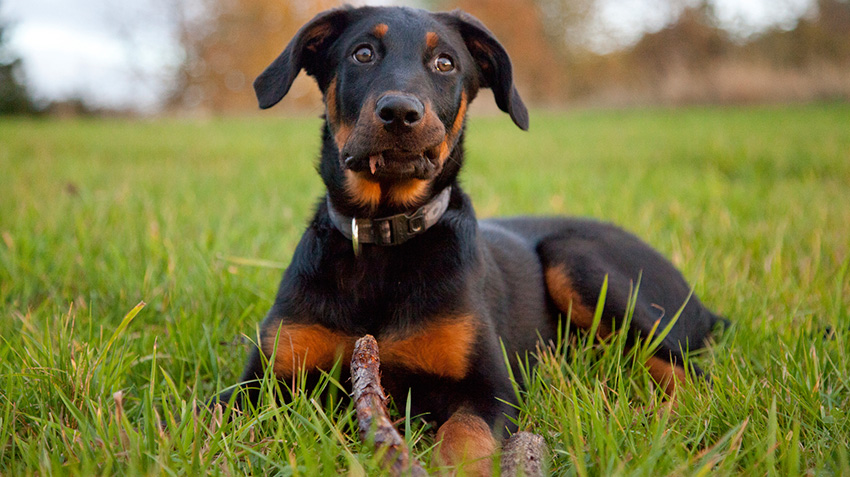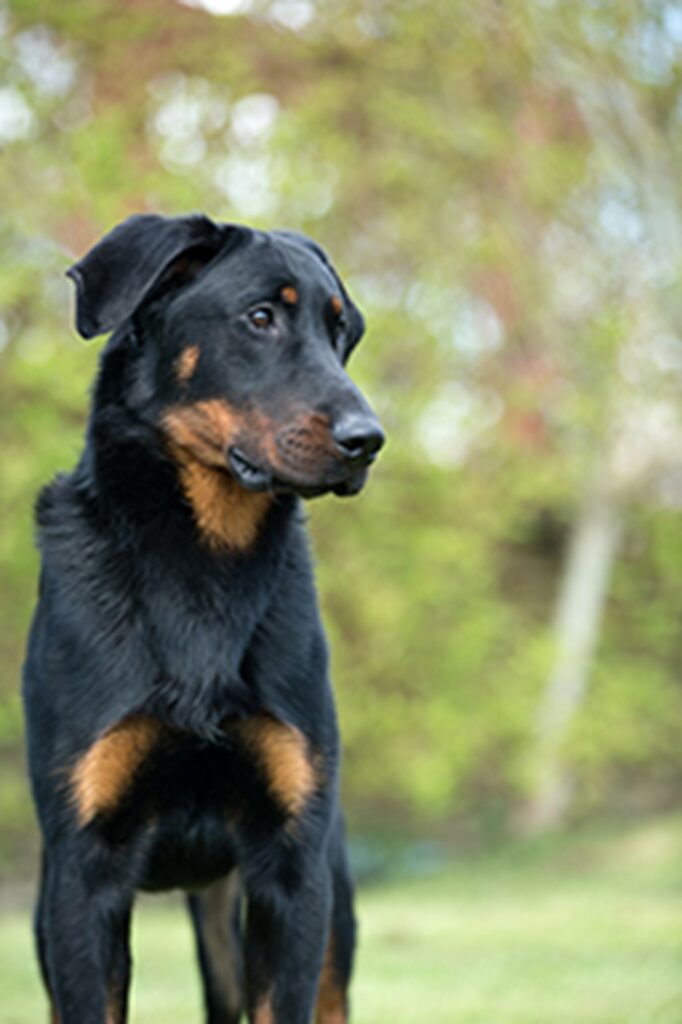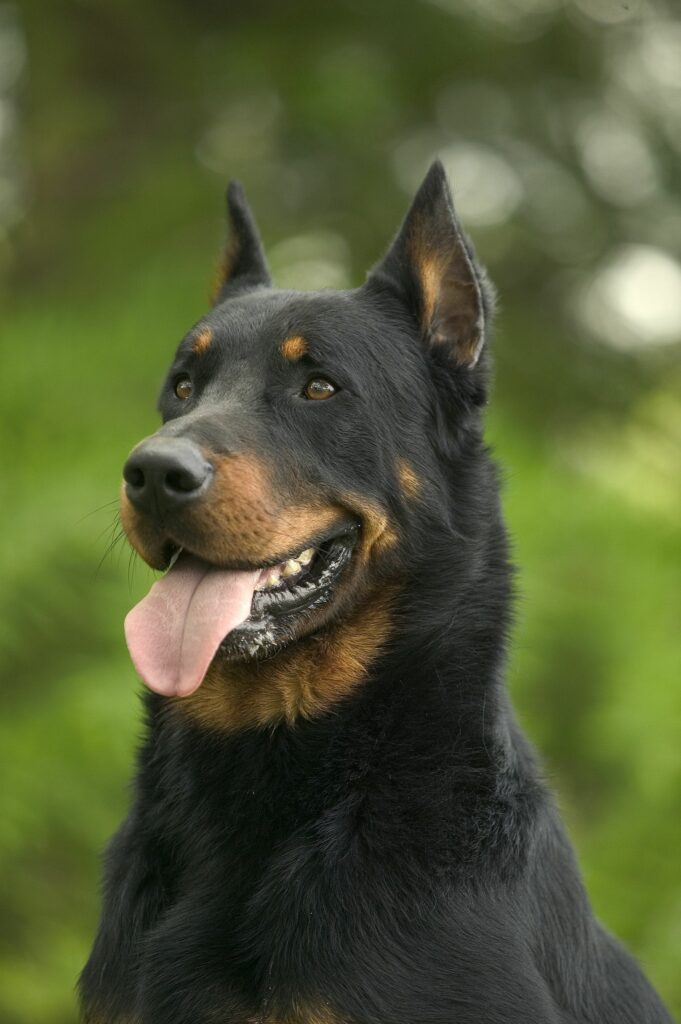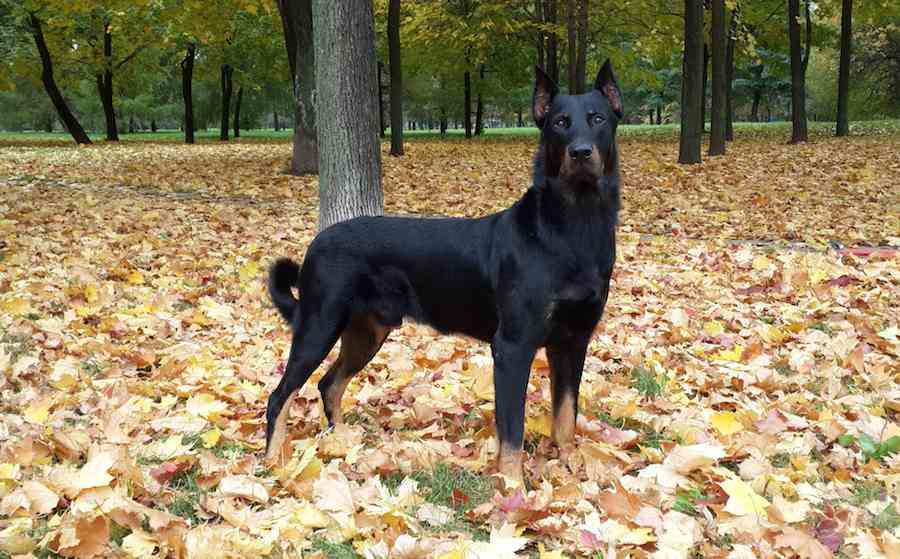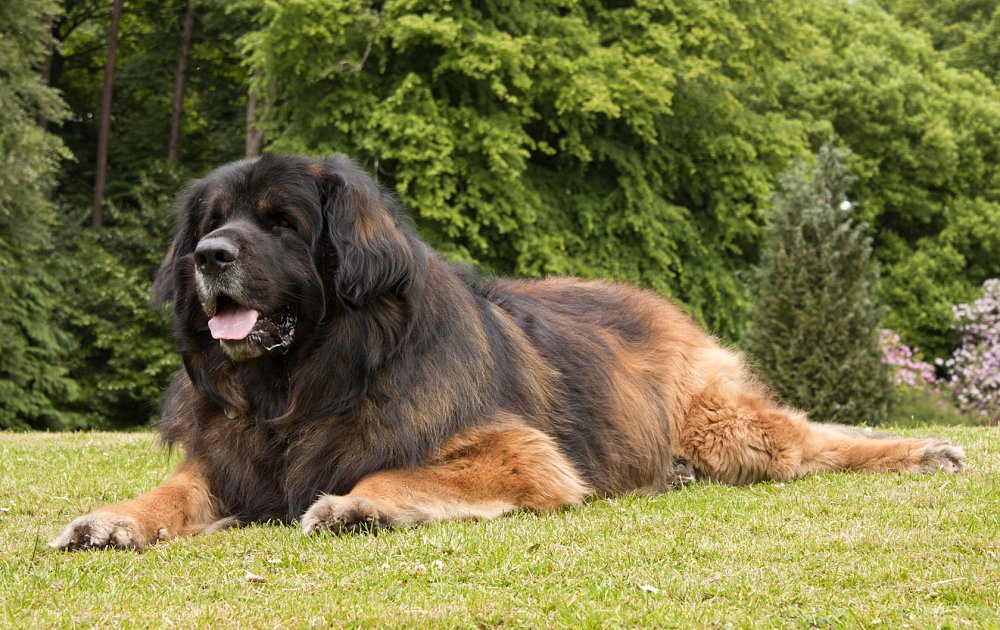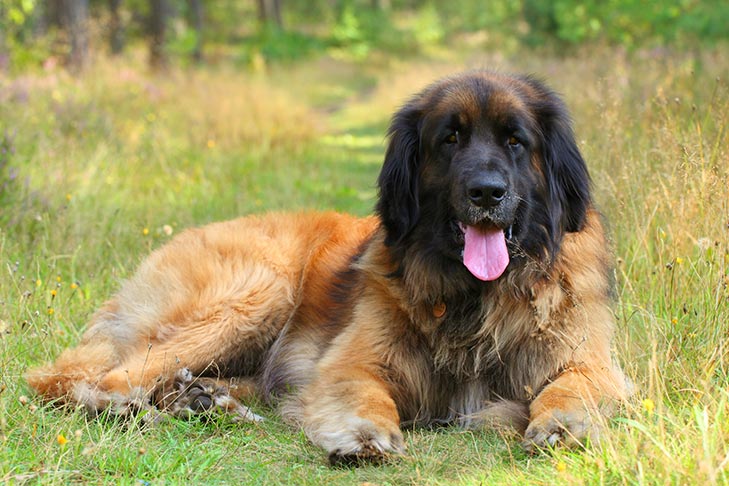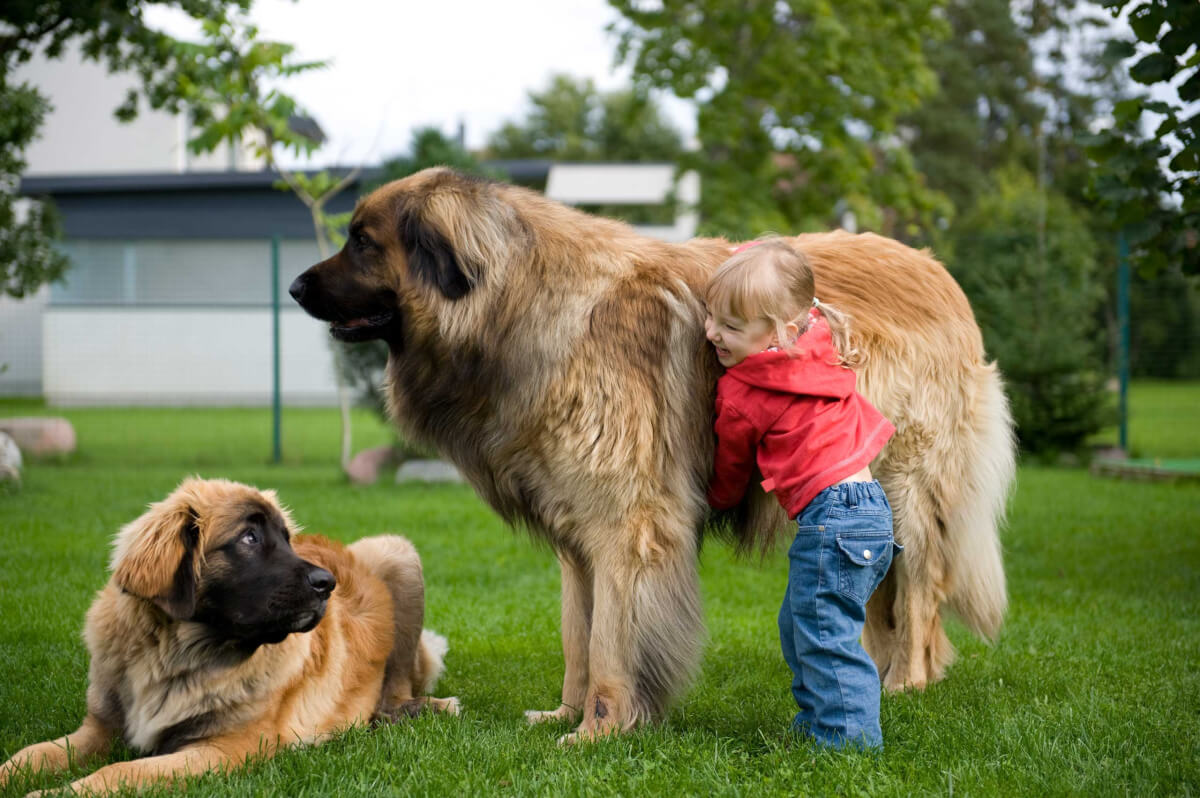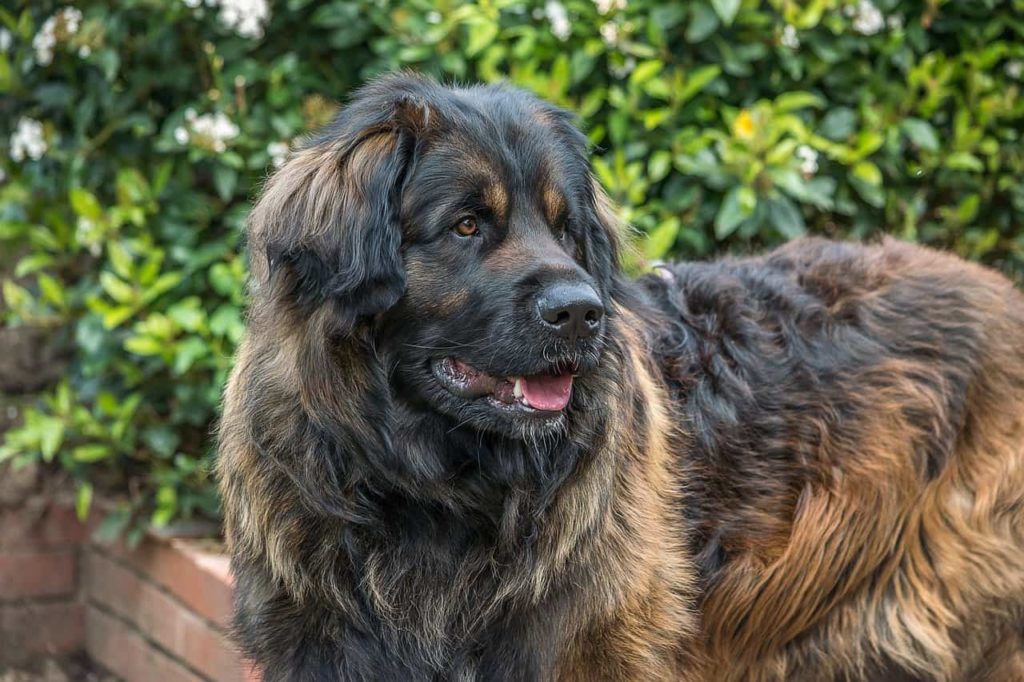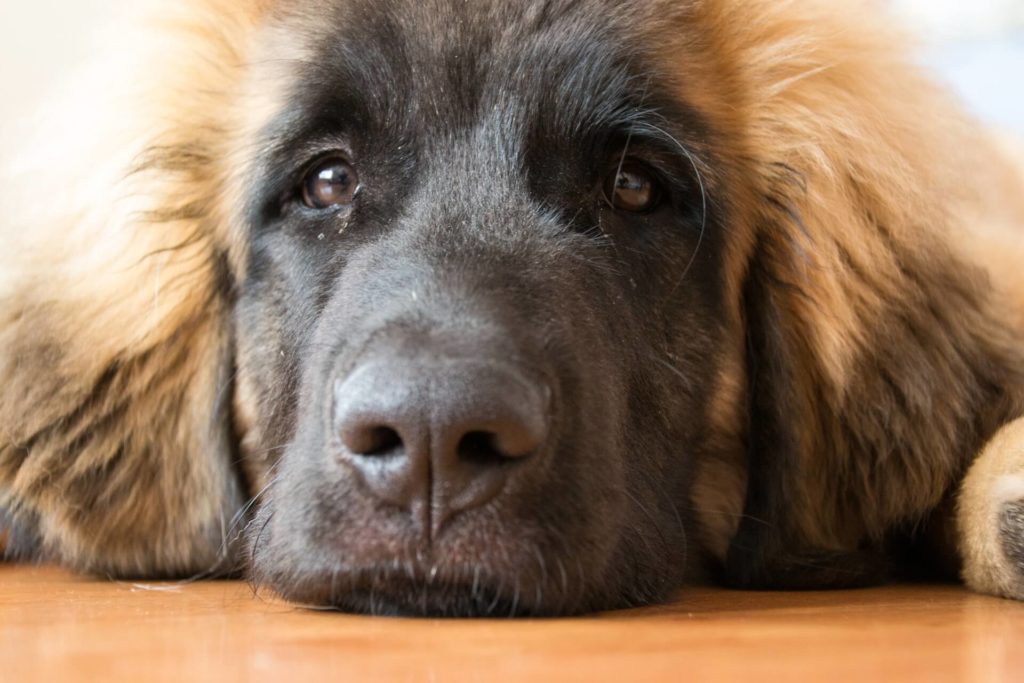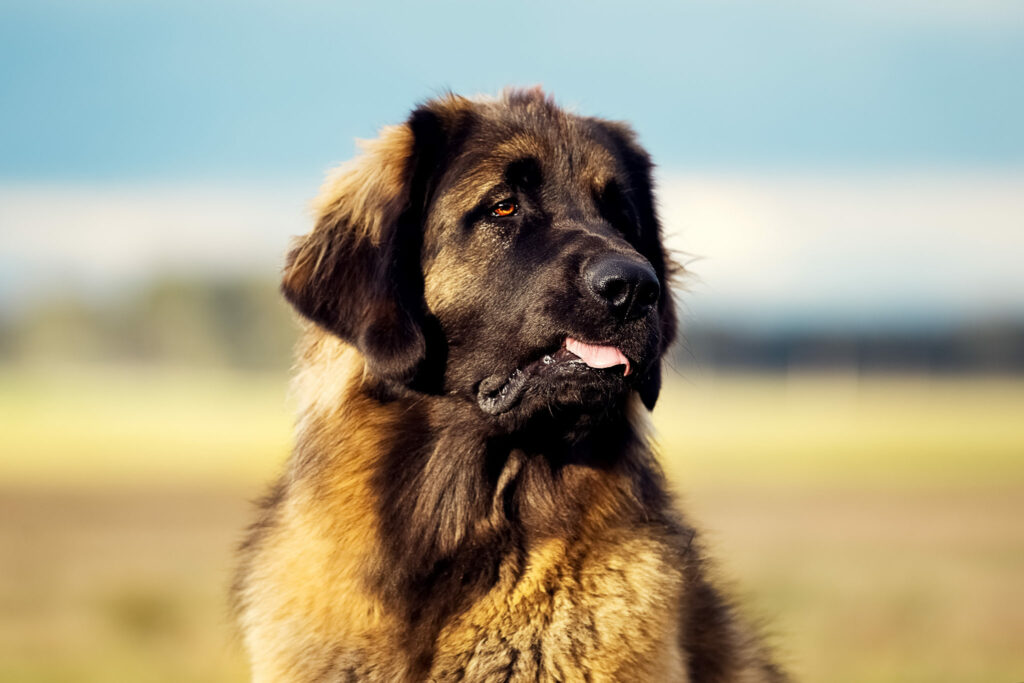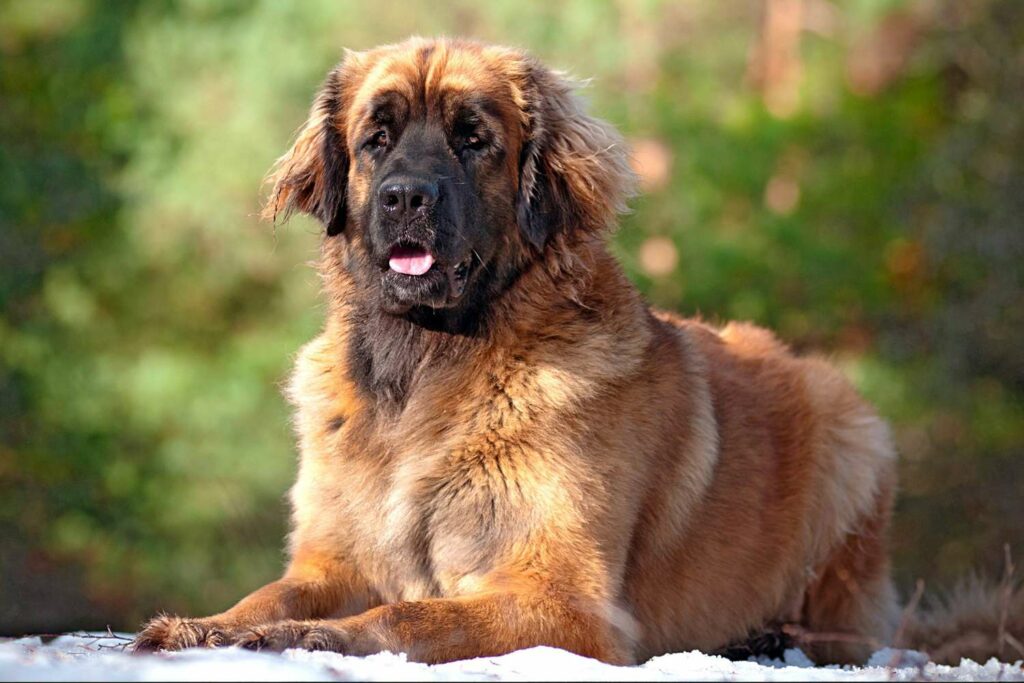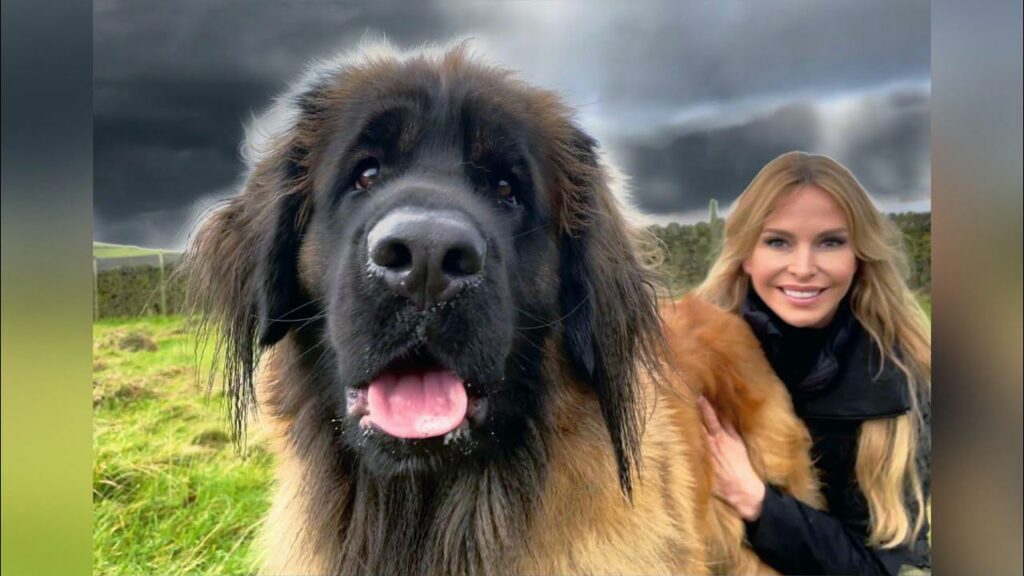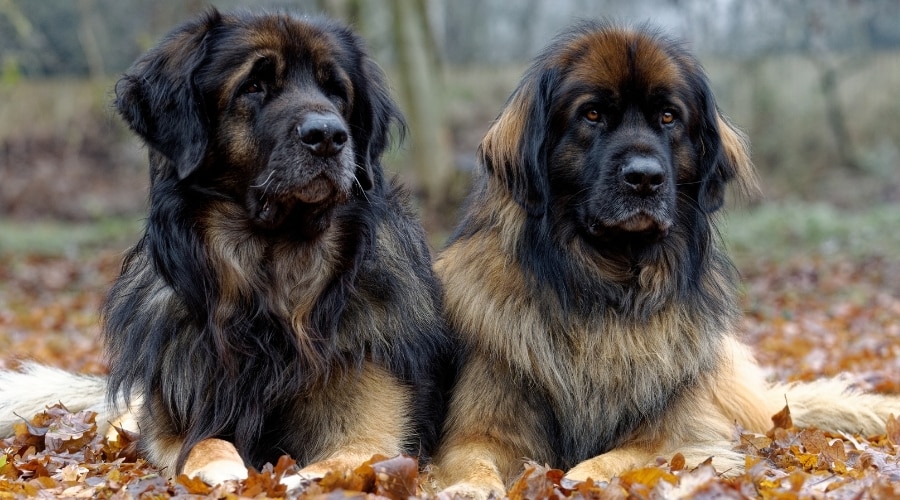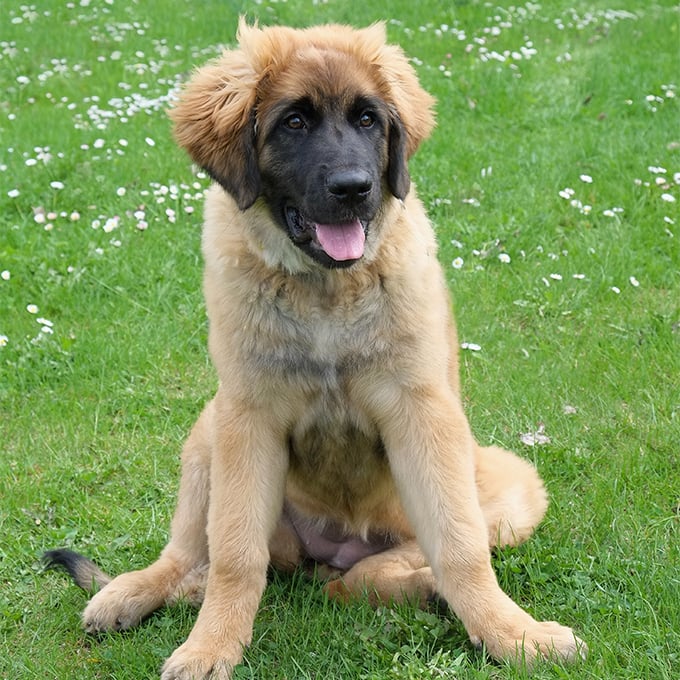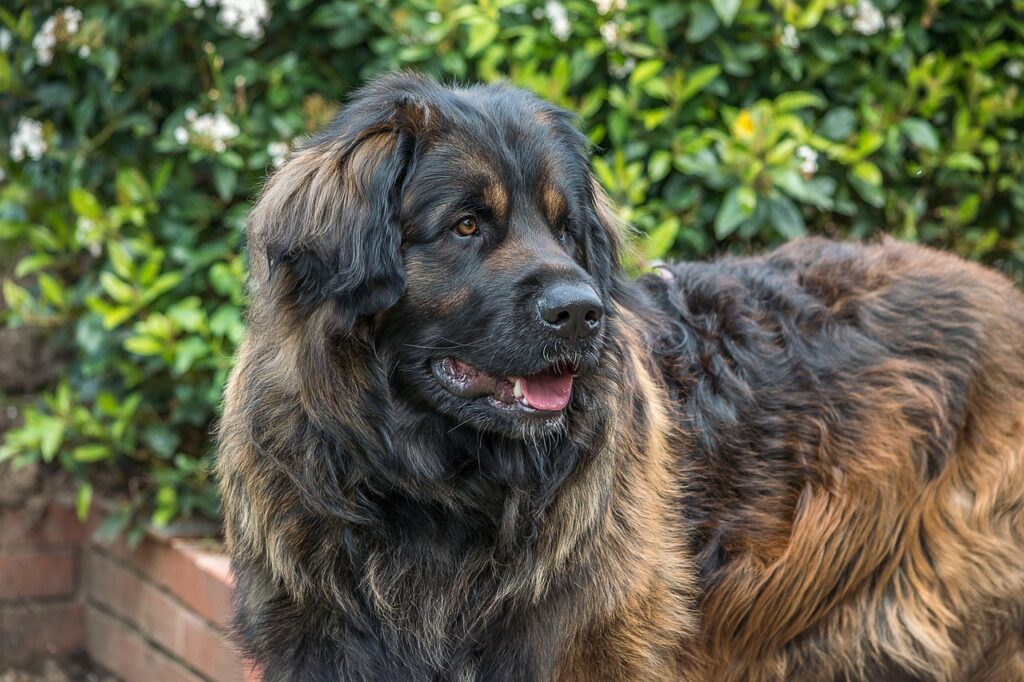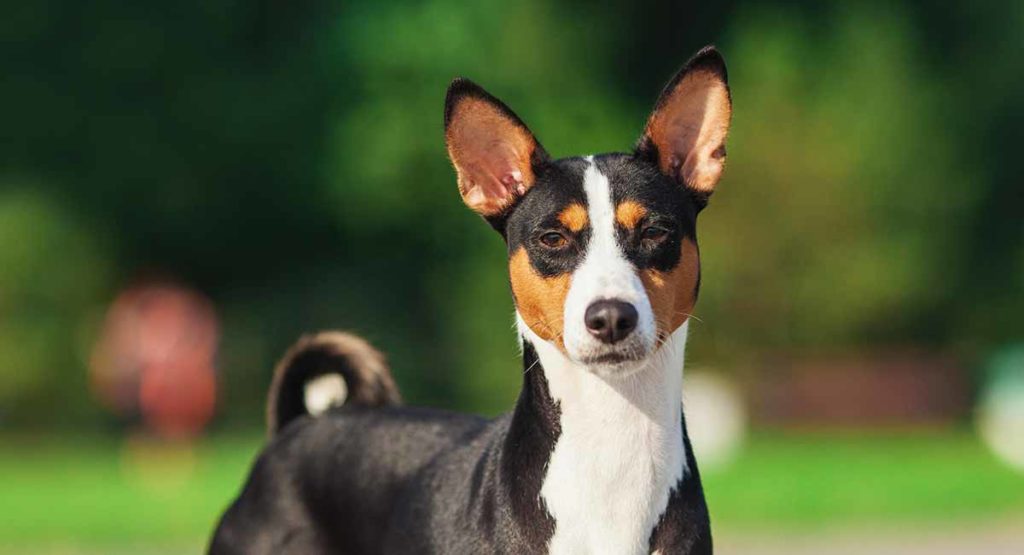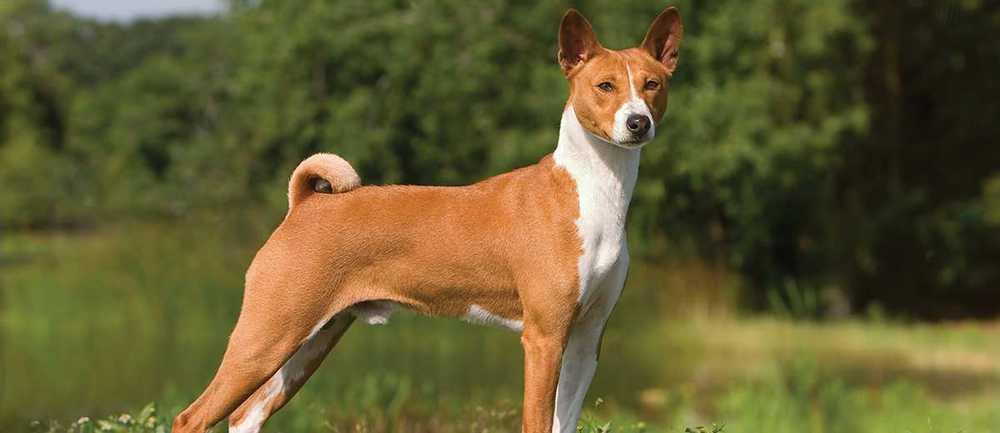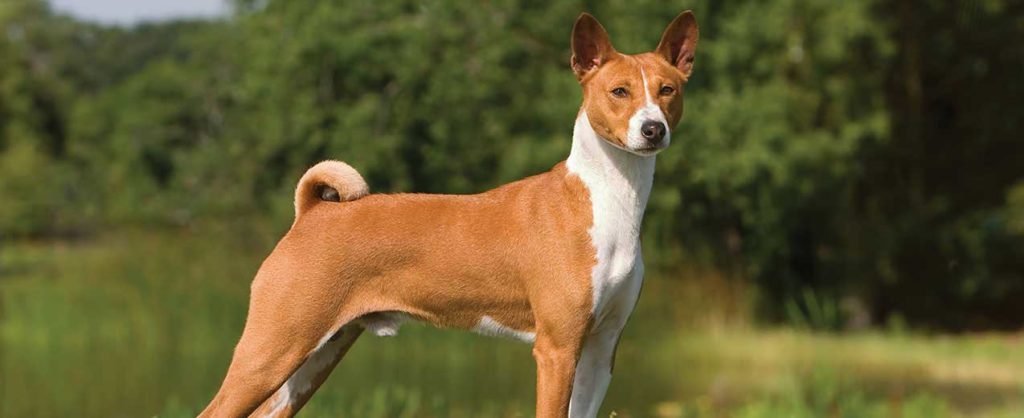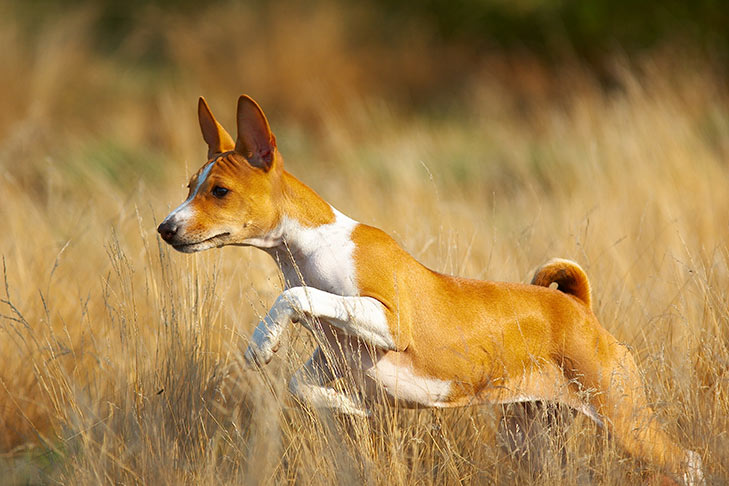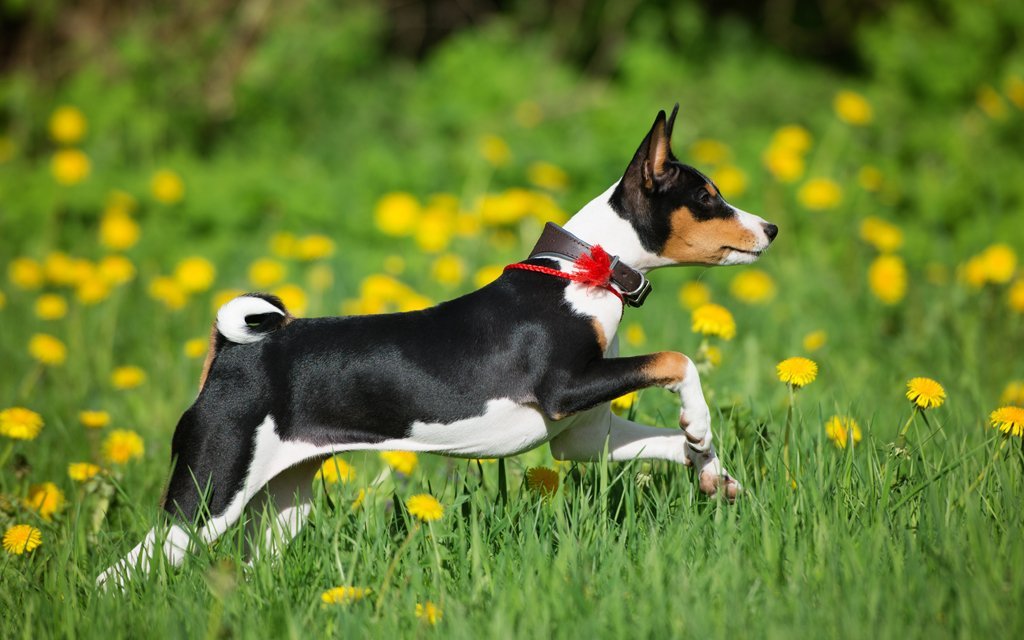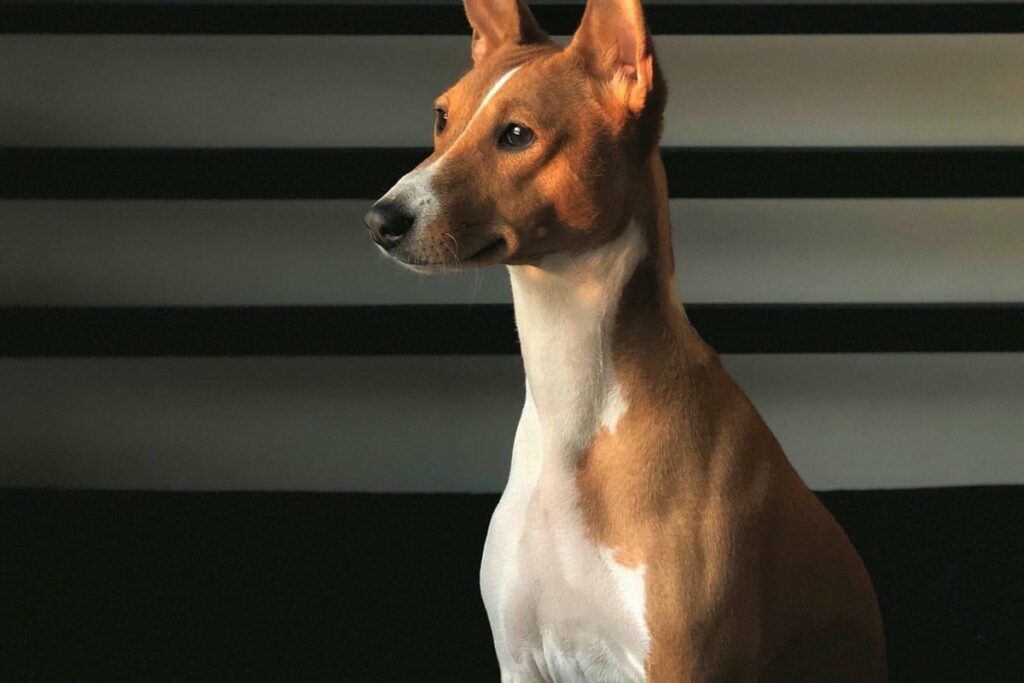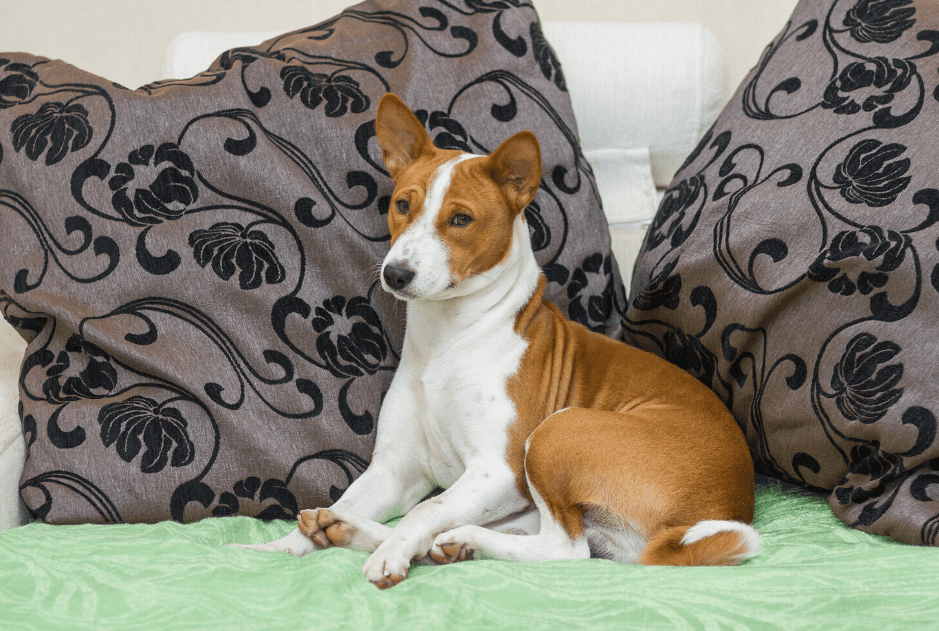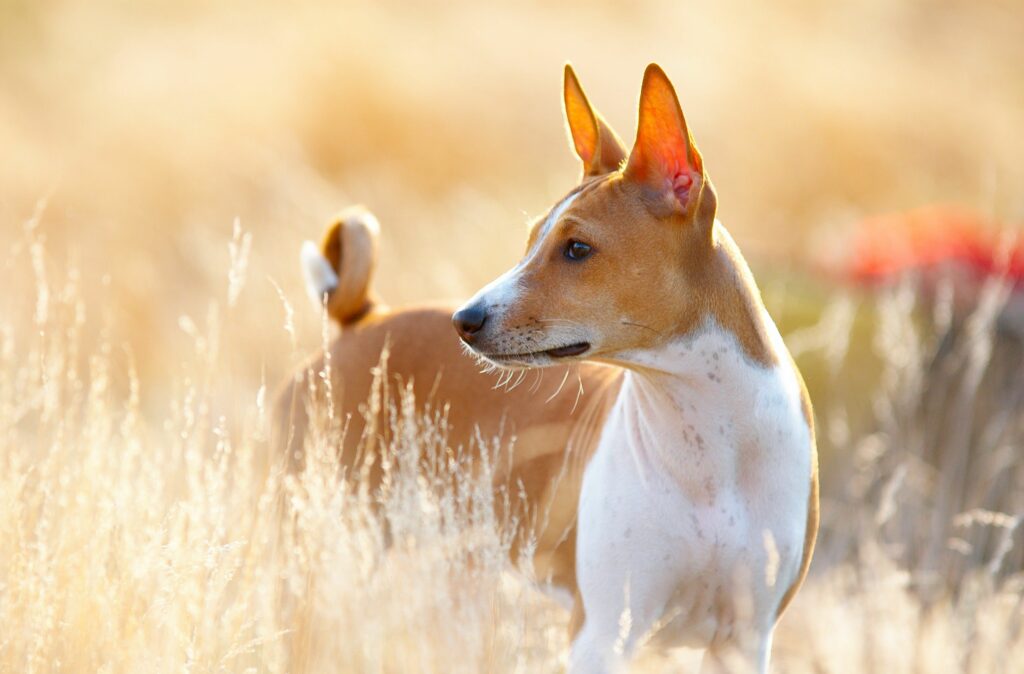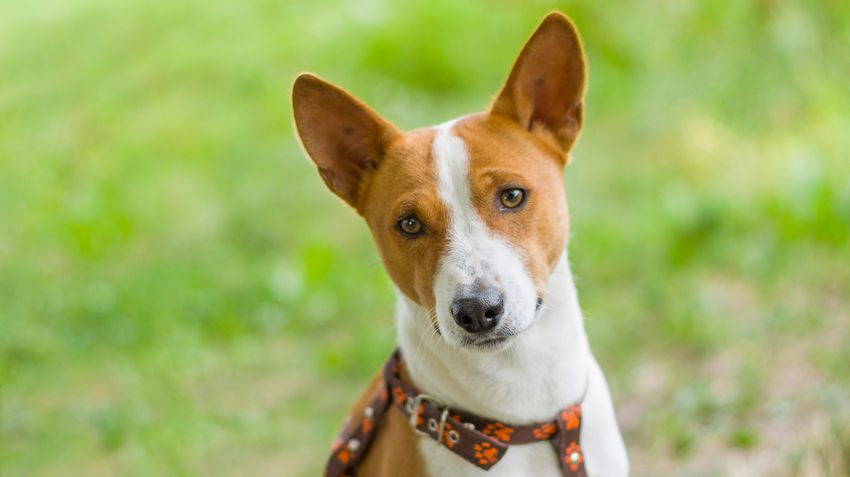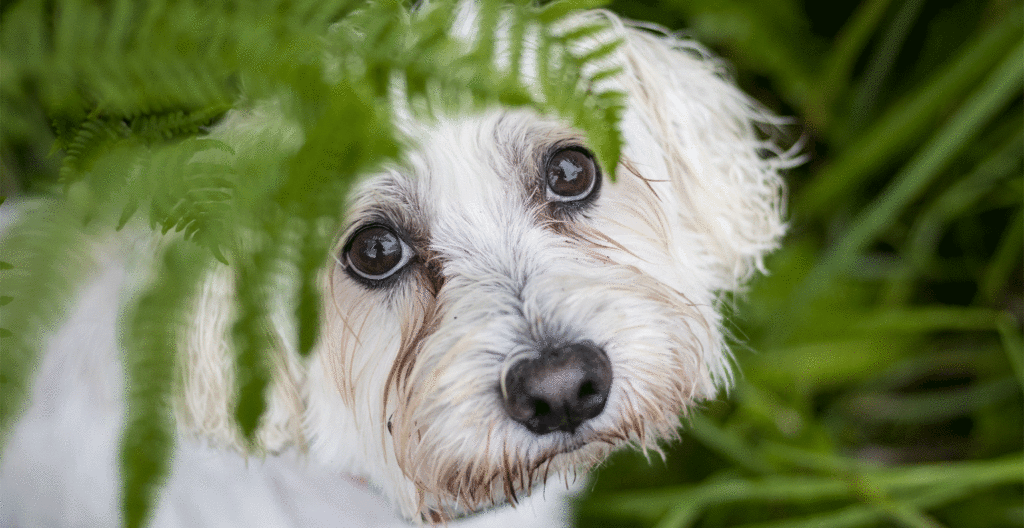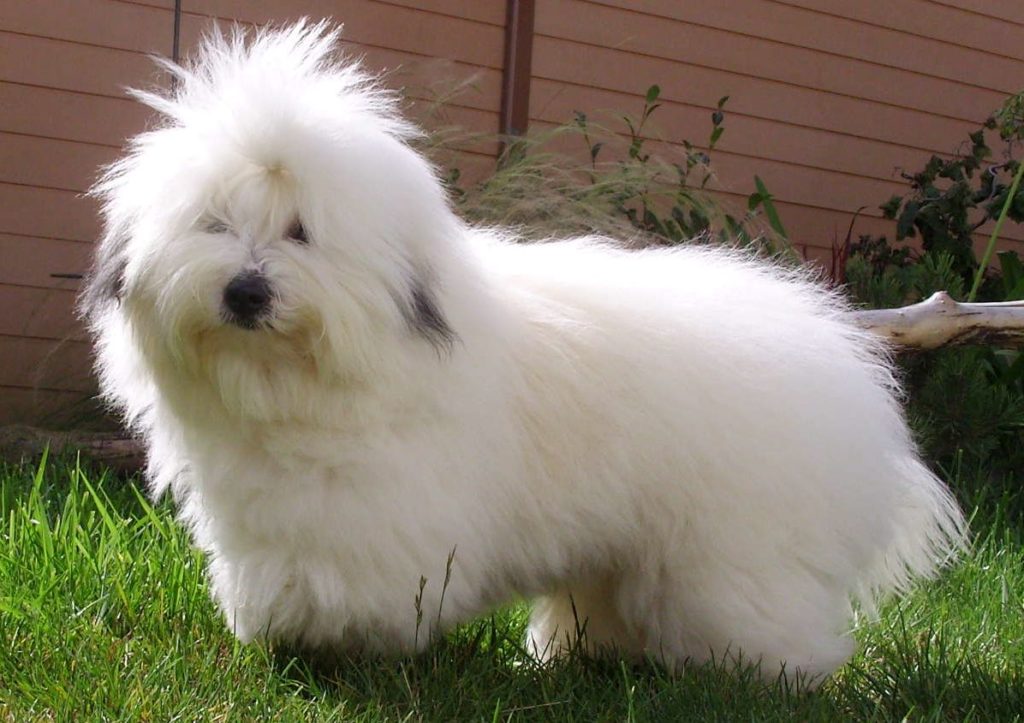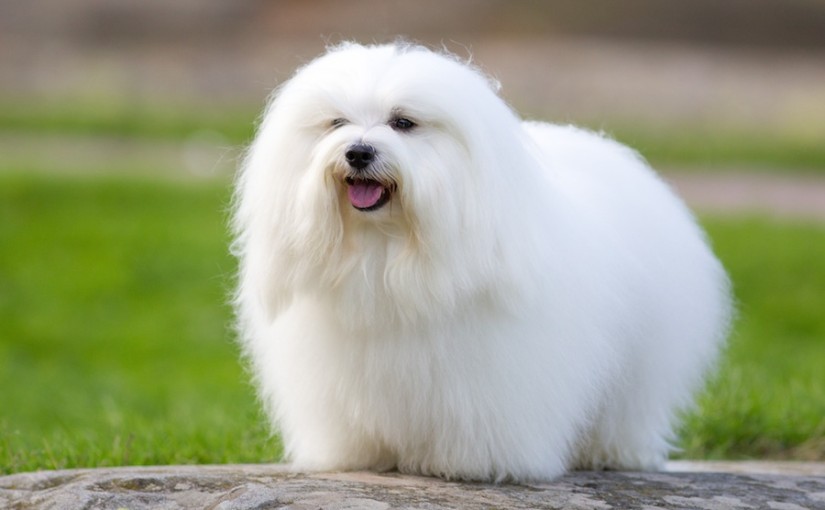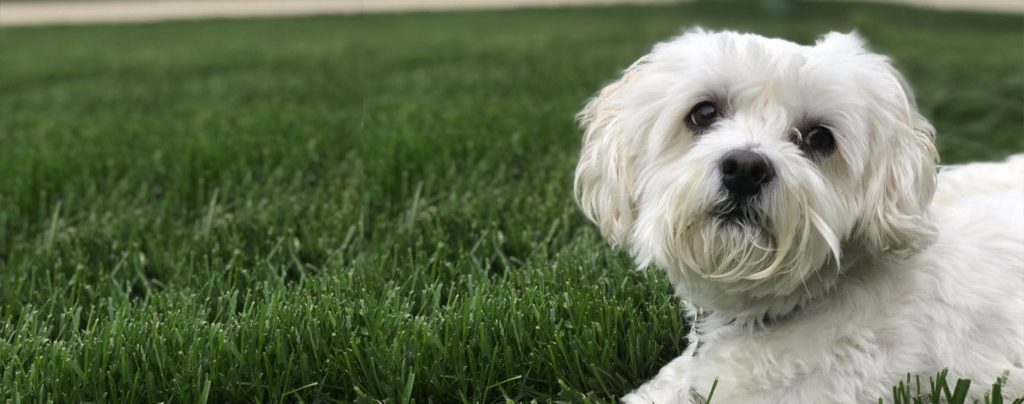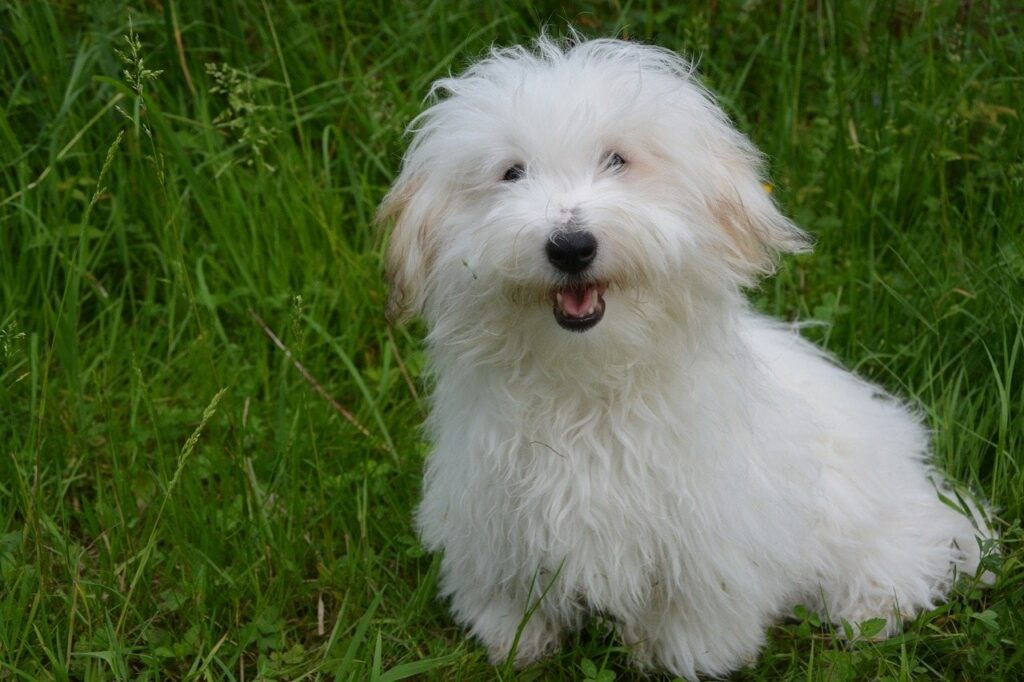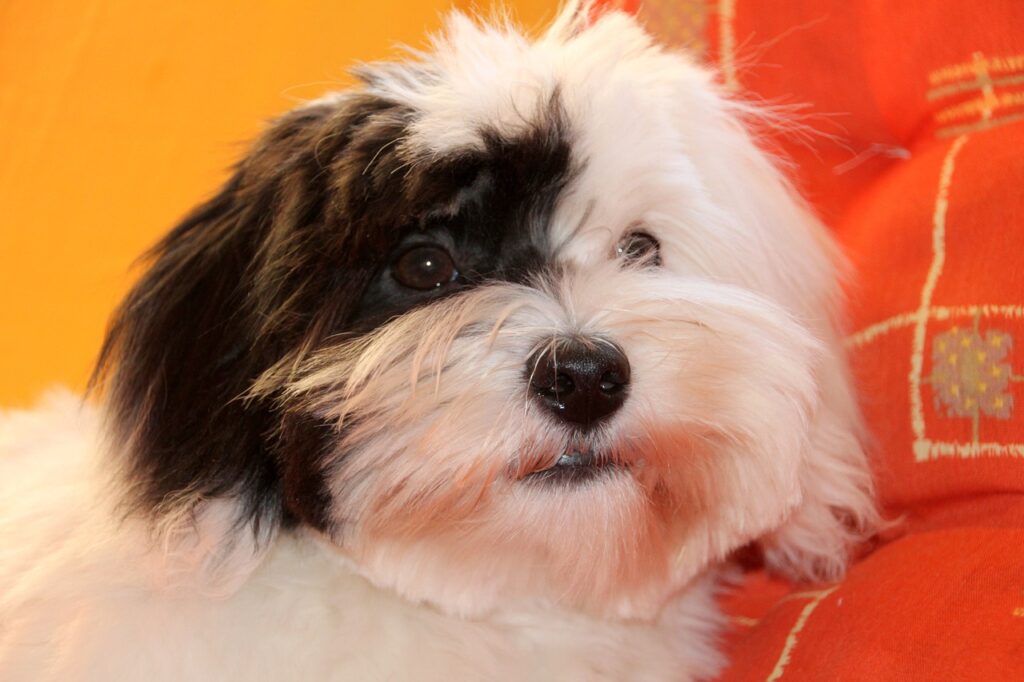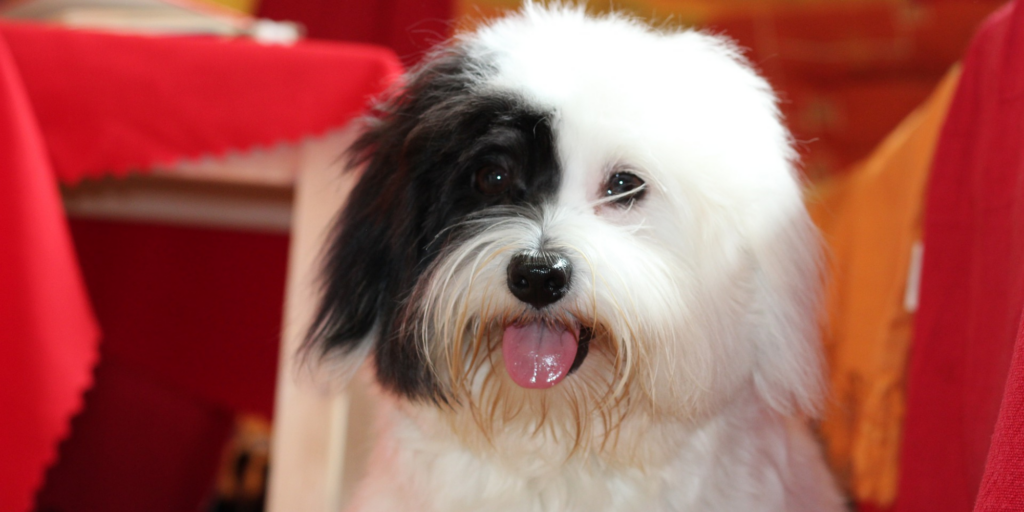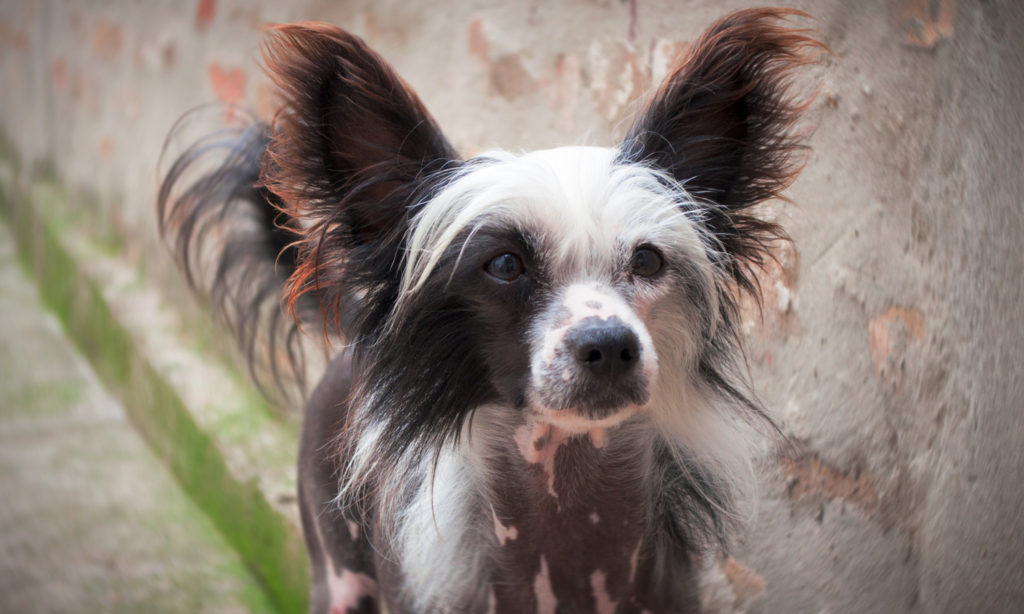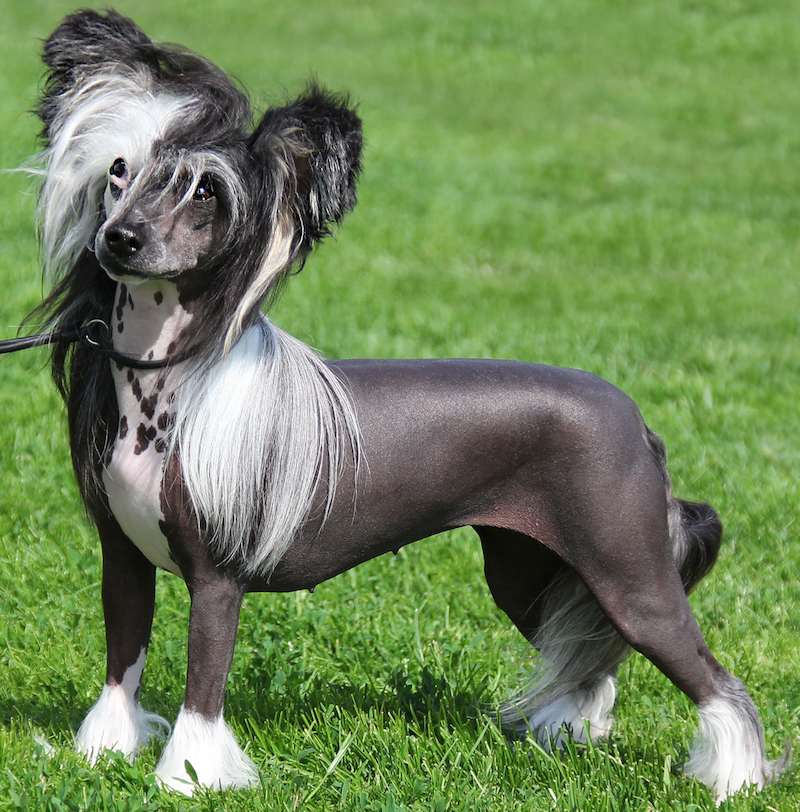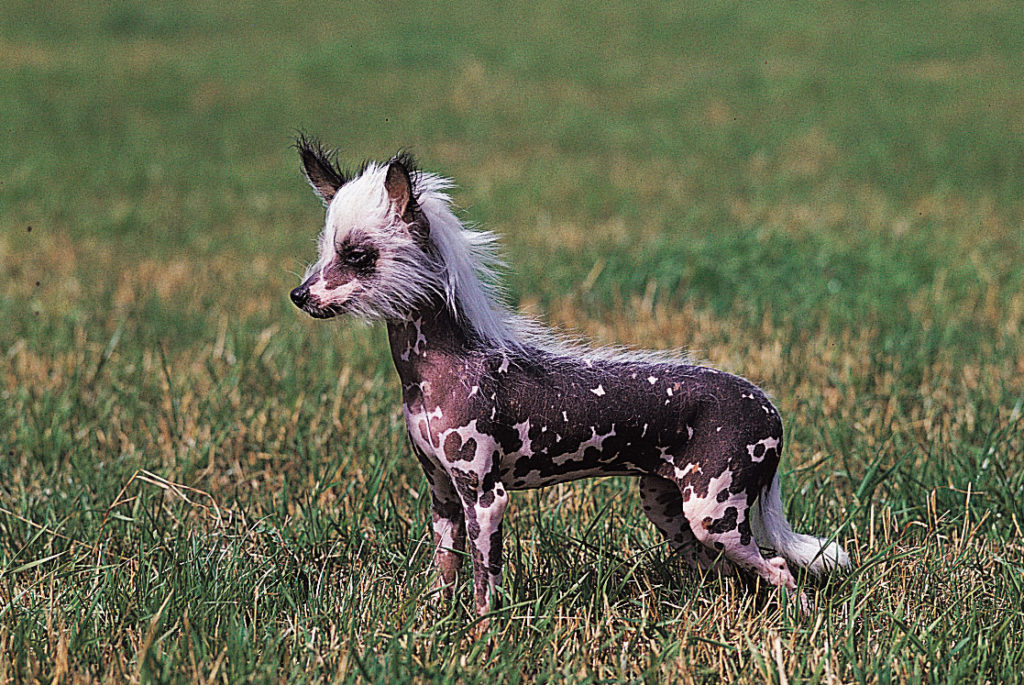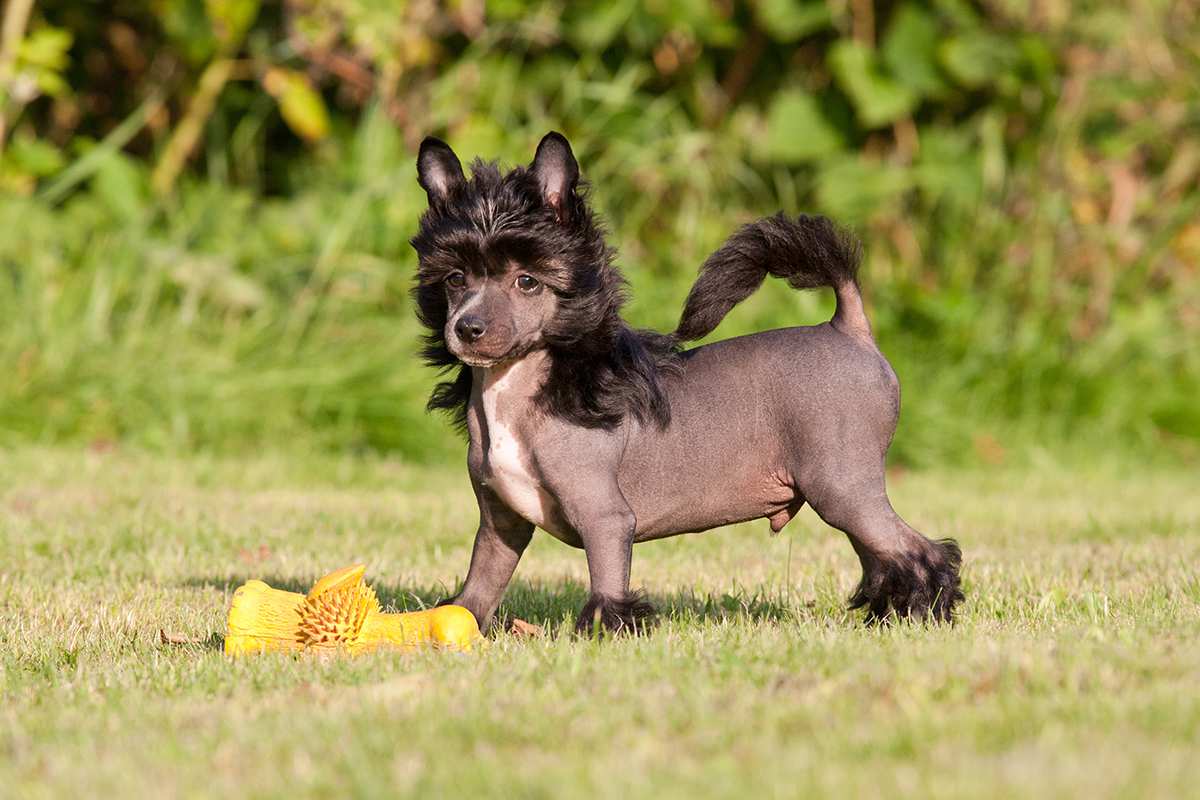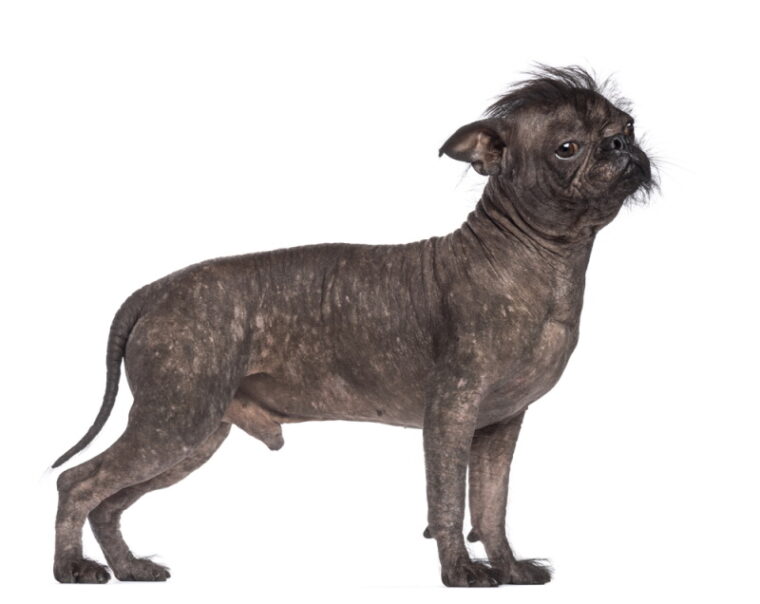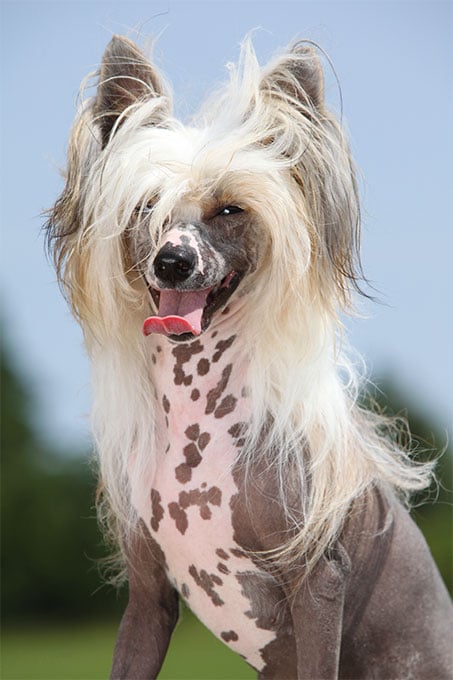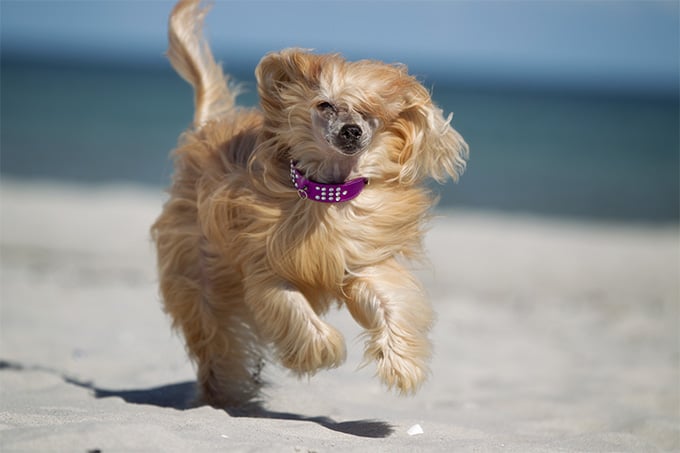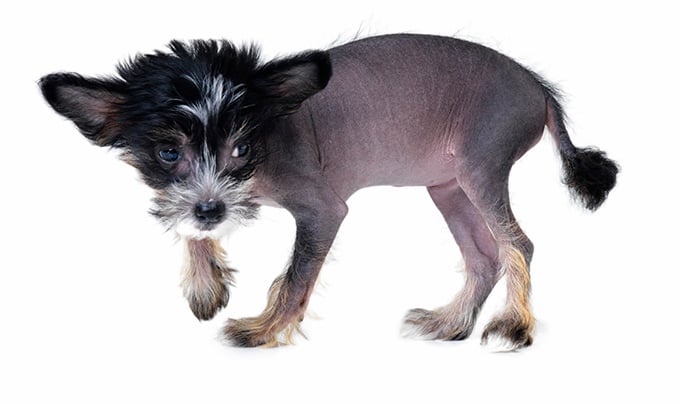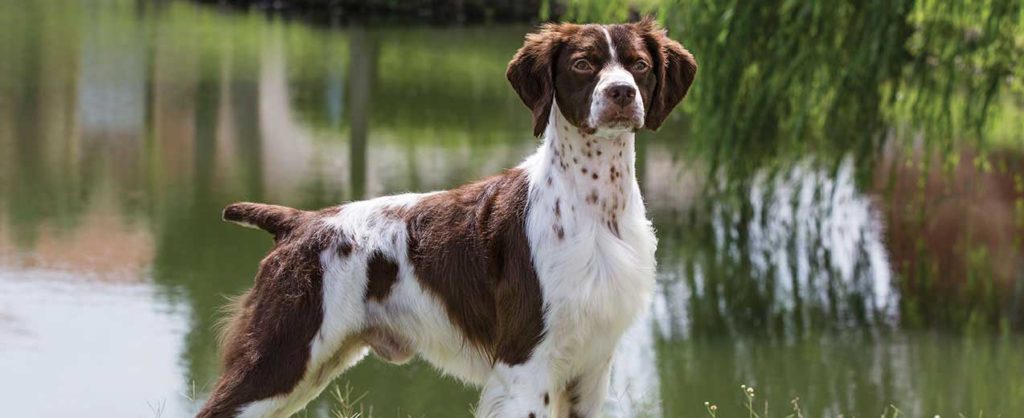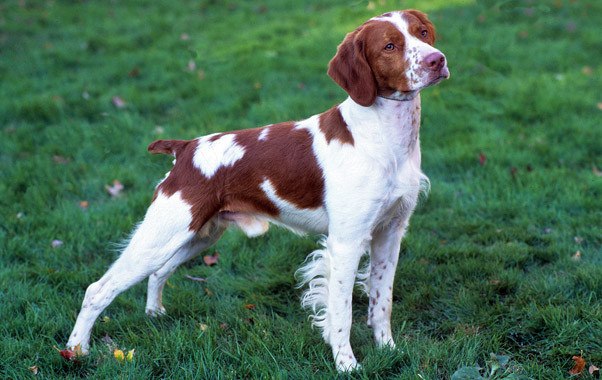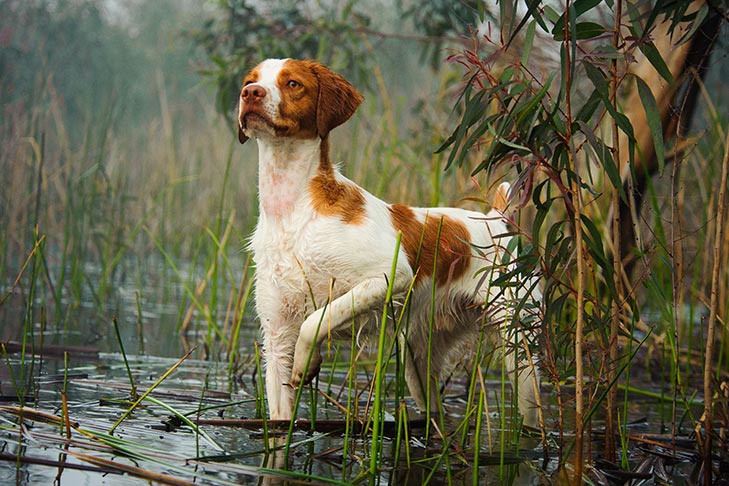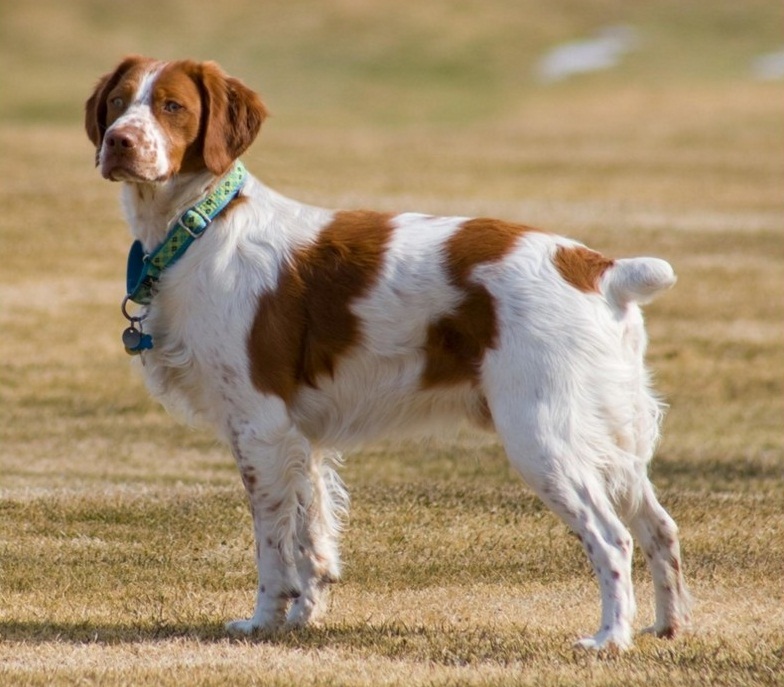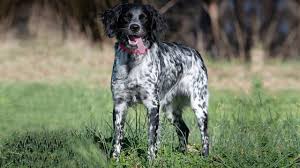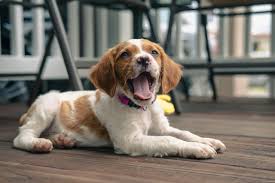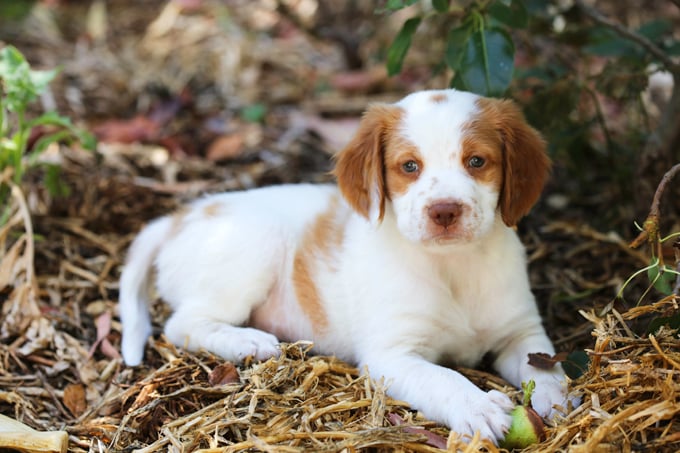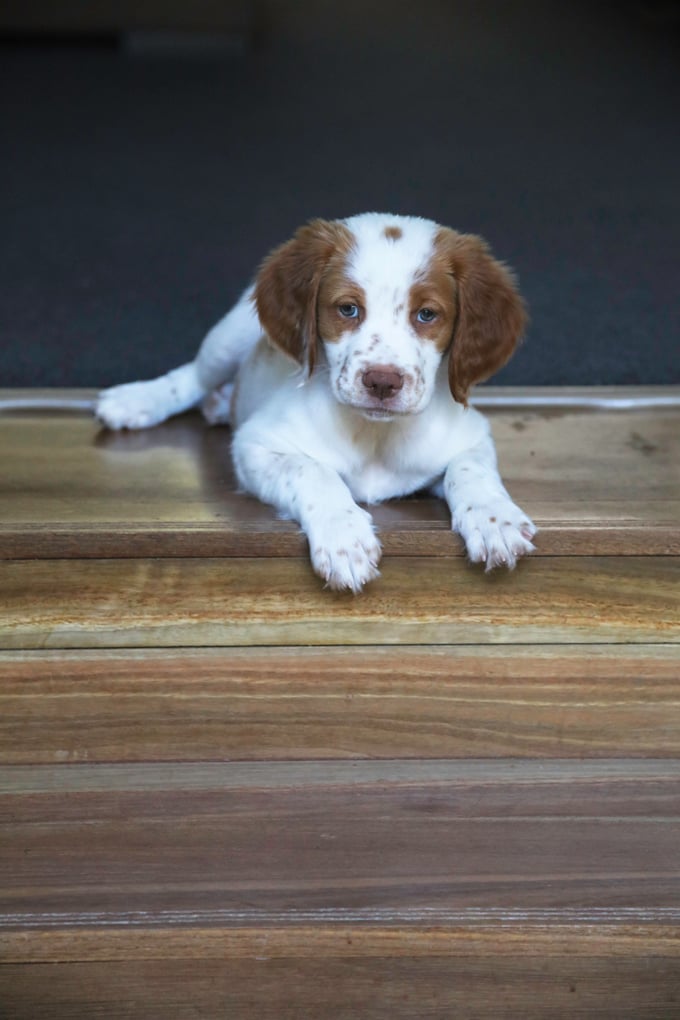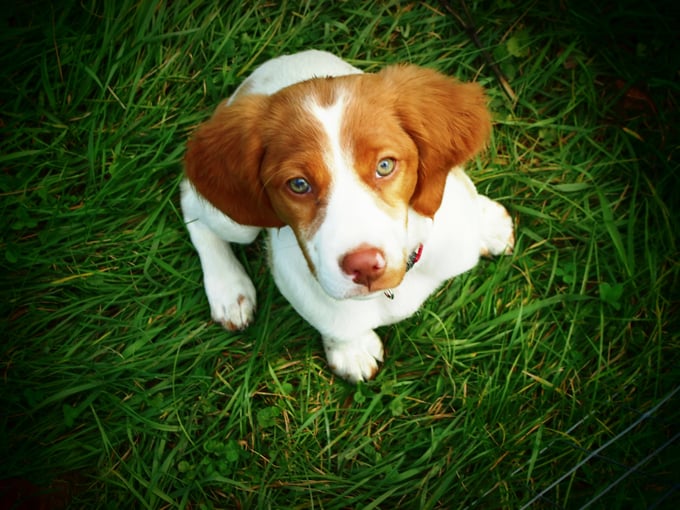The American Water Spaniel Dog Breed was originally bred in Wisconsin to help hunters. The breed originated along the Fox River and its tributary the Wolf River during the early 19th century. American Water Spaniel Puppies are beautiful, adorable and smart dogs which can be category to the sporting group. They are known for their water-repellent coats, which allow them to excel in water-related activities. Hunters needed a dog that could land game on both land and water, so they created a versatile hunter skilled at bringing in a variety of game.
In the 1800s, European immigrants settled in Wisconsin and Minnesota to take advantage of the state’s abundant waterfowl. Over time, they began hunting with dogs that resembled native breeds and were able to adapt to their environment and climate.
In the early 1900s, hunters in Wisconsin wanted a dog that was small enough to be transported in a skiff and could withstand cold water temperatures. They thought of breeds such as the English Water Spaniel and Irish Water Spaniel and any of their hybrids. The Curly-Coated Retriever, Native American Dogs, Poodles and Sussex Spaniels may also be involved.
The American Water Spaniel is known for its hunting ability. It can distinguish between wild and domestic fowl, which has led hunters to use it as a retriever.
The United Kennel Club formally recognized the breed as the American Water Spaniel in 1920. However, no one bred these dogs for anything but hunting ability until they were recognized by the AKC in 1940. Even after recognition, it is rare to see this breed as a pet today because of its forte in the field.
American Water Spaniel Dog Physical Appearance
- The American Water Spaniel Dog Breed is a small, strong breed that is highly versatile.
- This dog has a long, strong muzzle and muscular shoulders and quarters, the hindquarters are broad enough to propel through water and over land.
- The coat is short, glossy and dense with little undercoat.
- It has an average height but is longer than tall. The ears are well covered with hair and the gait is balanced.
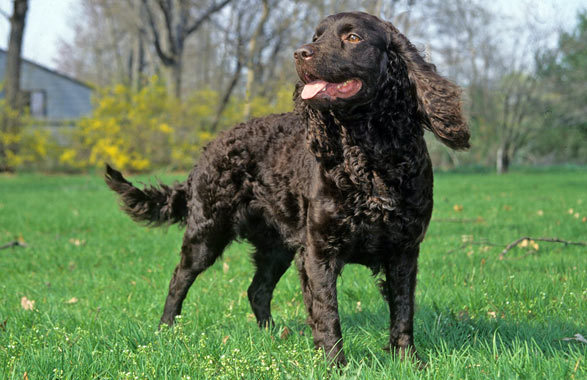
The American Water Spaniel is a medium-sized dog with a curly liver, brown, or chocolate colored coat. It has an average height of 38–46 cm and weight around 11–20 kg. The coat can fall in two different patterns: tightly curled or in the marcel pattern where the fur in waves.
The American Water Spaniel has a coat that is water resistant usually in colour brown and protects the dog from foliage. The outside layer of the coat helps to repel water, while the inside layer provides insulation to keep the dog warm.
American Water Spaniel Dog Behavior
The American Water Spaniel is a natural lover of water. They are skilled and versatile retrievers, but they are also fun-loving family dogs—as long as they get regular physical and mental exercise. They can be shy when meeting new people. Generally good with other dogs in the household.
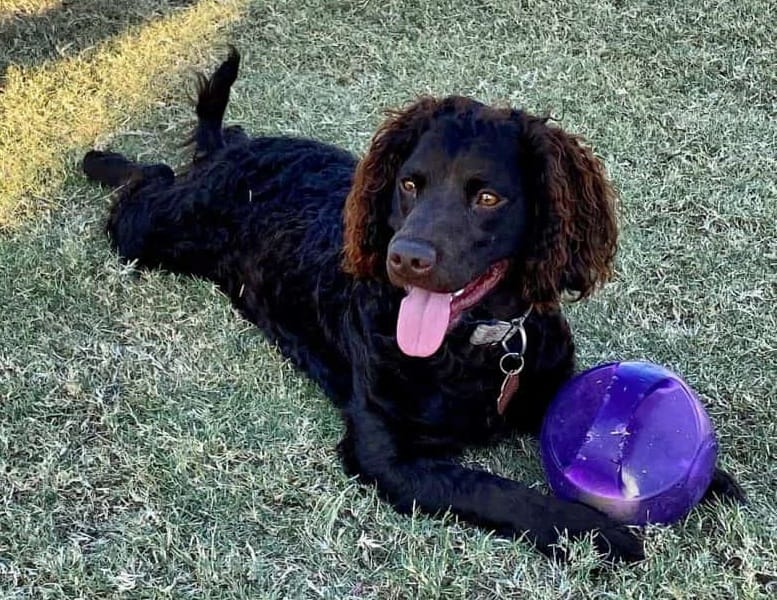
The American Water Spaniel is a sociable breed that enjoys being the center of attention. It can be quite vocal at times, which is why it makes an alert watchdog. This breed is very devoted to its family and will often bond with one particular individual. The American Water Spaniel does not make the best guard dog as it welcomes everyone into its home happily. They are very fond of water, and will often swim as well as play fetch in water. This breed does not like being left alone for long periods of time. The American Water Spaniel can be stubborn at times, but responds very well to instruction.
American Water Spaniel Dog Training and Caring
The American Water Spaniel is a smart, energetic dog that can be easily trained. It makes an excellent watchdog and companion for adults or children. The breed performs well in the show ring because of its intelligence, but it doesn’t always do well in obedience or agility competitions.
The American Water Spaniel requires daily exercise, which can be met with a long walk. They are athletic dogs who love hunting and swimming, so they need lengthy exercise. Without sufficient exercise, they can become destructive. Early socialization and puppy training classes are recommended.
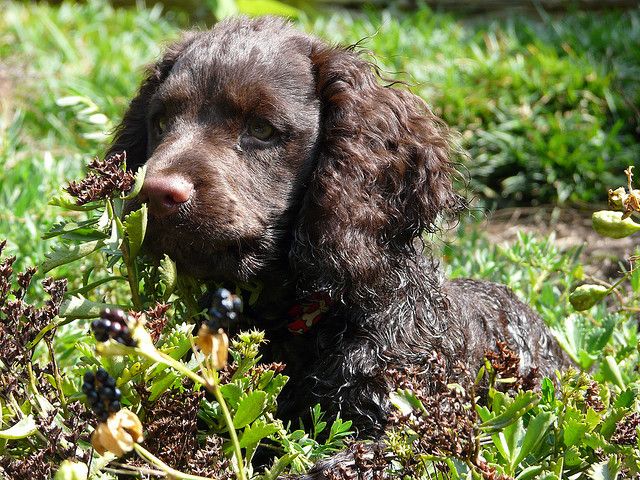
Grooming for an American water spaniel is a weekly responsibility. During the summer, the coat is thinner and easily maintained with a rubber-tipped pin brush. During shedding season in winter, and especially if you own an adult dog, you should use a slicker brush to remove dead hair from the undercoat.
American Water Spaniel Temperament
The American Water Spaniel is a adaptable, flexible and active breed known for its affectionate and adjustable temperament.
Here are some key traits commonly associated with the American Water Spaniel’s temperament:
- Intelligent
- Energetic
- Good with Children
- Alert and Protective
- Sociable
American water spaniel temperament vary due to what individual dog exhibits, it is best to spend time with your own dog and get to know its own personality.
American Water Spaniel Dog Health
American Water Spaniels are generally healthy dogs who live an average of 10-13 years. With proper care, the breed has little chance to develop eye diseases such as cataracts and progressive retinal atrophy.
American Water Spaniel Puppies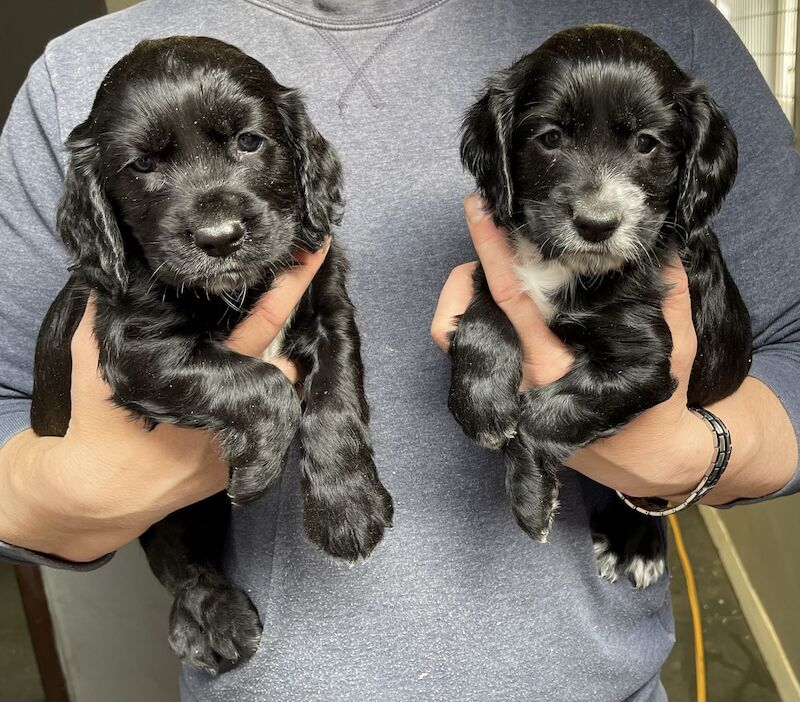
American Water Spaniel puppies are beautiful, adorable and smart dogs which can be category to the sporting group. They are known for their water-repellent coats, which allow them to excel in water-related activities. If you’re considering getting an American Water Spaniel puppy, here are some things you should know:
- Finding a reputable breeder
- Health considerations
- Puppy socialization
- Training and exercise
- Training and exercise
- Commitment
An American water spaniel puppy is a long-term commitment, make sure that you have the time, resources, and dedication to provide a loving and caring home for an American Water Spaniel.
American Water Spaniel Pups
American Water Spaniel pups are a delightful and active breed known for their versatility as hunting dogs and companions. They are medium-sized dogs that typically weigh between 25 to 45 pounds (11 to 20 kilograms) and stand around 15 to 18 inches (38 to 46 centimeters) tall at the shoulder.
American water spaniel for sale
Attending dog shows, events, or local gatherings where American Water Spaniels will definitely be present. A One-On-One Chat with breed enthusiasts and professionals in person which will give you a valuable networking opportunities and leads on available American Water puppies.
American Water Spaniel Breeders
If you are looking for American Water Spaniel breeders which can be achieved through various sources, including online directories, breed clubs, and referrals from other dog owners. Get to local veterinarians, trainers, or other American Water Spaniel owners in your local area.
American Water Spaniel vs Boykin
The American Water Spaniel and the Boykin Spaniel are both popular dog breeds which are originated from the United States. Both American Water Spaniel and Boykin share some similarities, they also have definite characteristics that set them apart. Let’s explore each breed in more detail:
The American Water Spaniel is a versatile and medium-sized sporting dog that was developed in the Midwest region of the United States While the Boykin Spaniel is a smaller-sized breed that originated in South Carolina
Key features of the American Water Spaniel vs Boykin Spaniel
Here are some key features of the American Water Spaniel vs Boykin Spaniel
- American Water Spaniel has a muscular build with a moderately long and wavy or curly coat that is usually liver or chocolate brown in color. They have a thick tail, webbed feet for swimming, and a slightly domed head with long, droopy ears. while the Boykins have a compact, well-muscled body covered in a wavy or curly coat that can vary in shades of liver or chocolate brown. They have expressive, medium-sized eyes and long, hanging ears.
- American Water Spaniel are known for their friendly, intelligent, and eager-to-please nature. American Water Spaniels make great family pets and are good with children. They have a strong desire to please their owners, which makes them relatively easy to train while the Boykin Spaniels are known for their friendly and affectionate nature. They are often described as intelligent, energetic, and highly trainable. They have a strong desire to please their owners and are often eager to work.
- American Water Spaniel is an active breed that requires regular exercise to stay happy and healthy. They have a strong instinct for hunting and retrieving and excel in various dog sports, including obedience, agility, and field trials while the Boykins are active dogs that require regular exercise to keep them physically and mentally stimulated. They have a strong instinct for hunting and are particularly skilled in flushing and retrieving game from both land and water.
While both the American Water Spaniel and the Boykin Spaniel share similar characteristics such as their love for water and hunting, they do have some differences in terms of size and origin
American Water Spaniel Price
An American Water Spaniel Price can vary depending on various factors such as the breeder’s reputation, the dog’s pedigree, the geographical location, and the overall quality of the individual dog.
Approximately, you can expect to pay between $800 and $1,500 for An American Water Spaniel puppies from a reputable breeder
American water spaniel puppies for sale
I will advice you to look for American Water Spaniel breeder who specialize in American Water Spaniel. This is there specialty which is recommended because they have a good standing and stick to pure breeding practices.
In your country or your local area, I advice you to get along with American Water Spaniel Breeder Clubs. You will be rest assured to get information about the American Water Spaniel Breeds or the American Water Spaniel Puppies. Good luck in finding a American Water Spaniel!
American Water Spaniel Review
Pros
- Eager to please
- Good for outdoorsy lifestyle
- Sheds minimally
RECOMMENDED ARTICLES
This website’s material is not intended to be a substitute for expert safety advice or professional treatment, nor should it be used to diagnose or treat any health issue or condition. It also is not meant to give any legal opinion or advice. For legal, medical, or other professional advice, please contact your Veterinary Doctor or other healthcare provider. We do not assume any duty for and do not warrant the reliability or operation of, the goods or services we evaluate, which are offered by third parties. Only educational aims are served by our content.
If you like, please share it. Sharing is usually caring.
